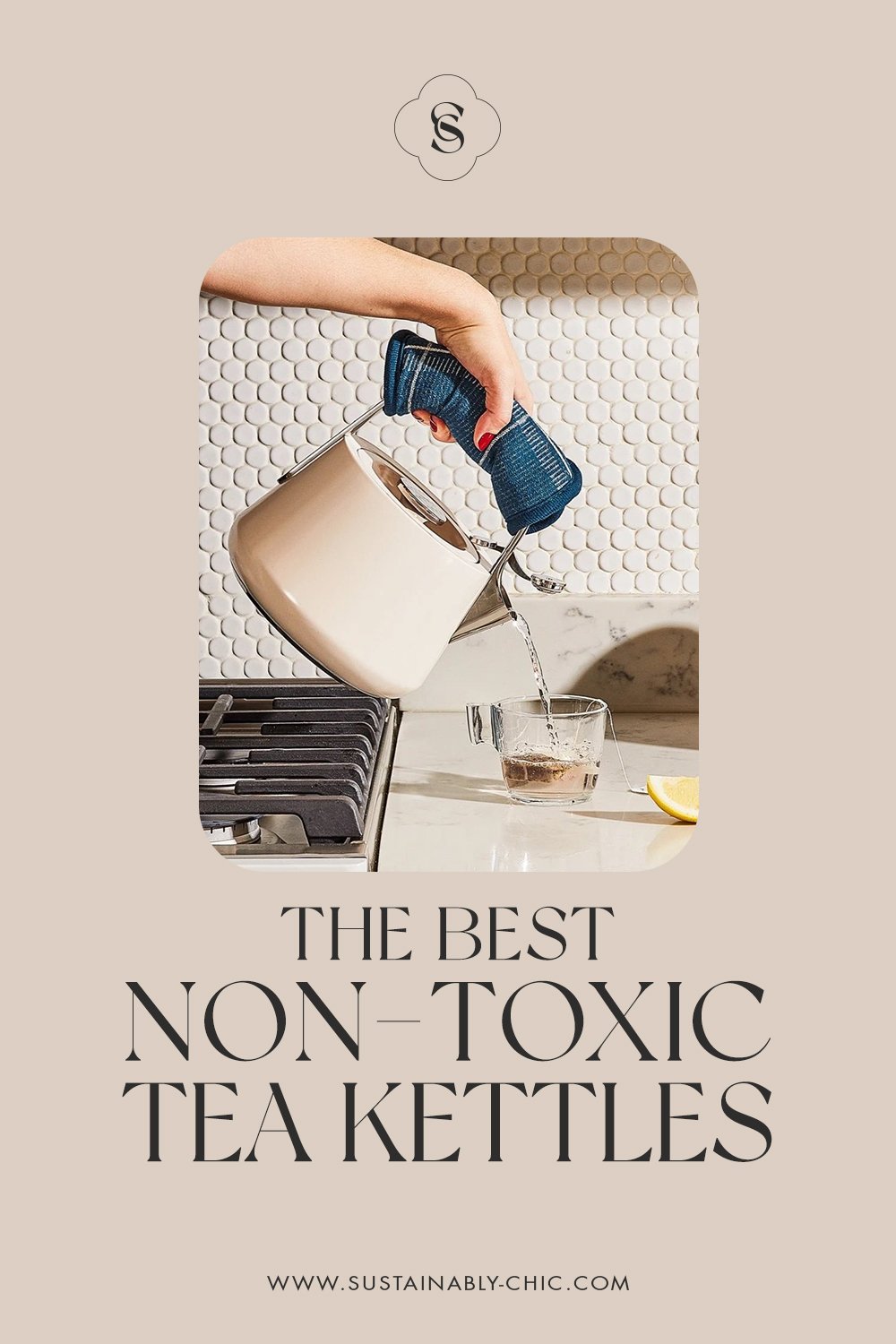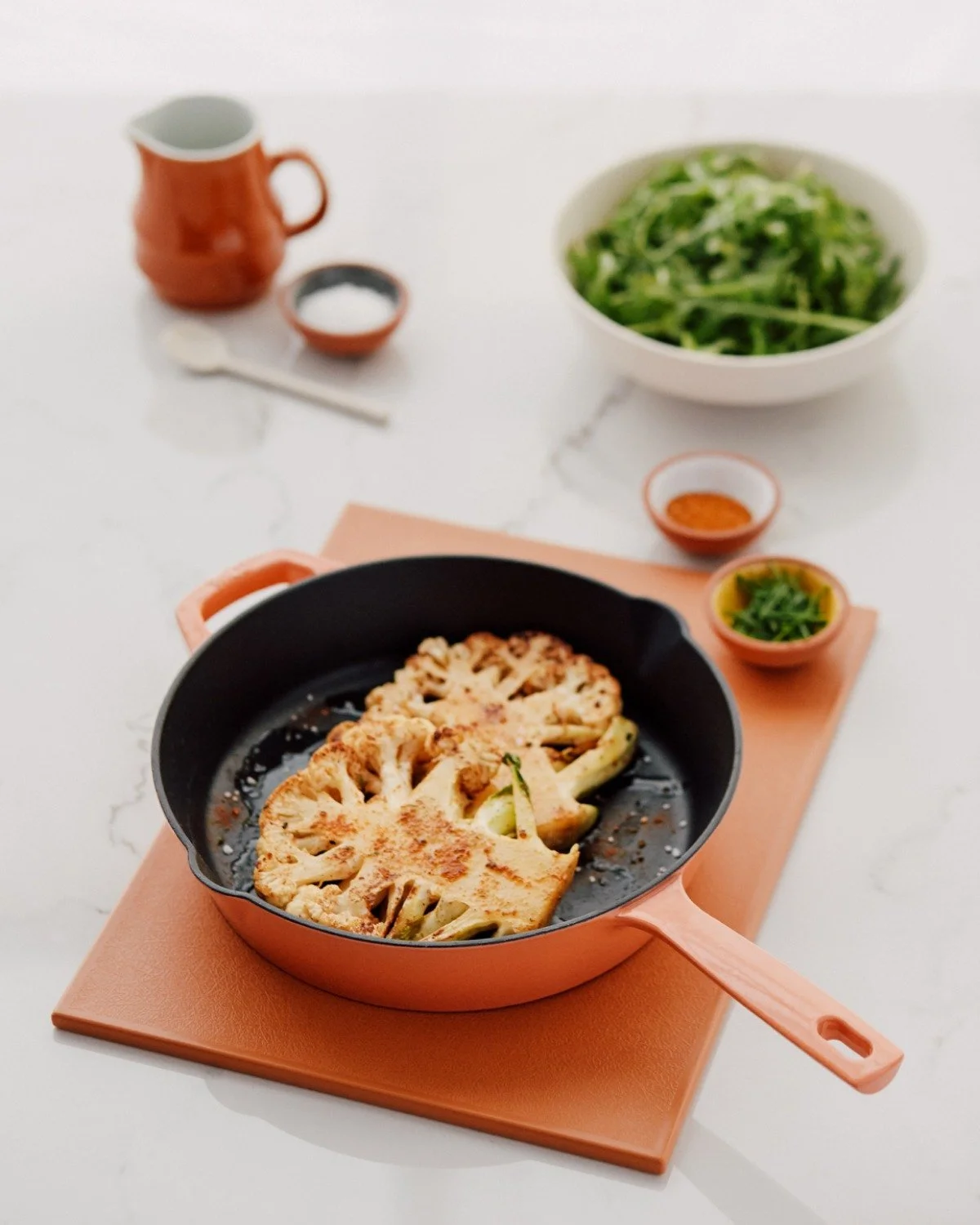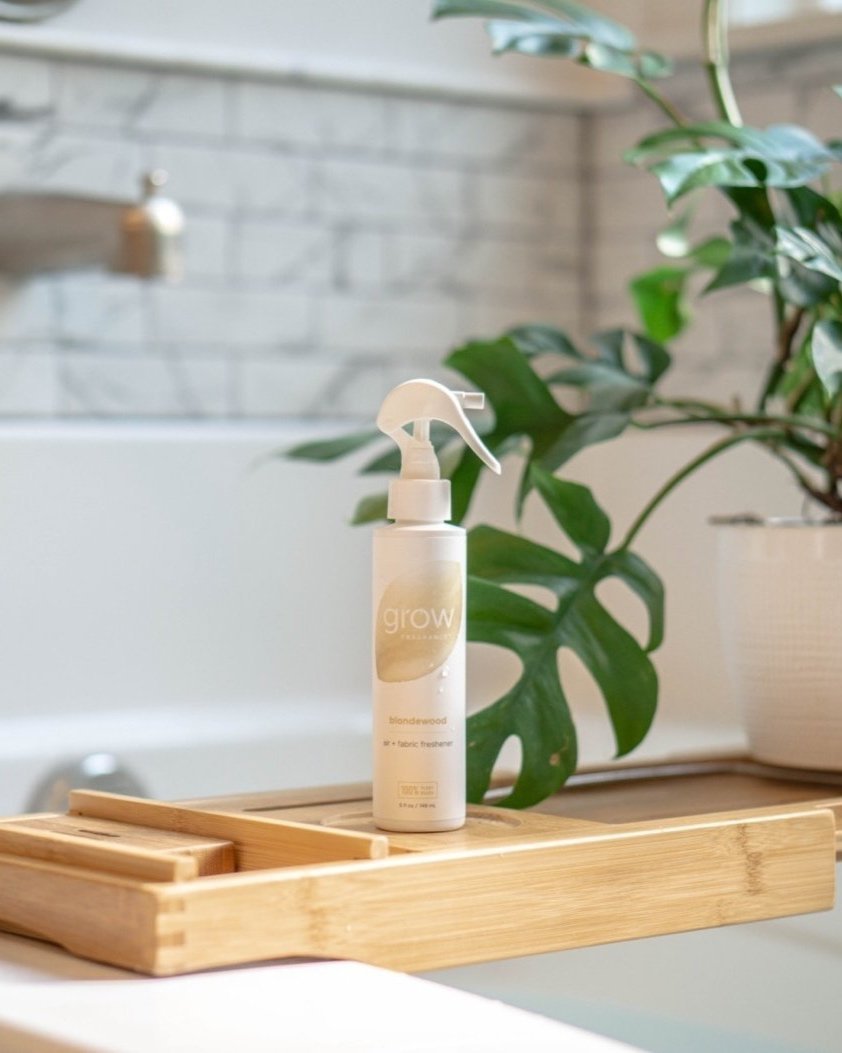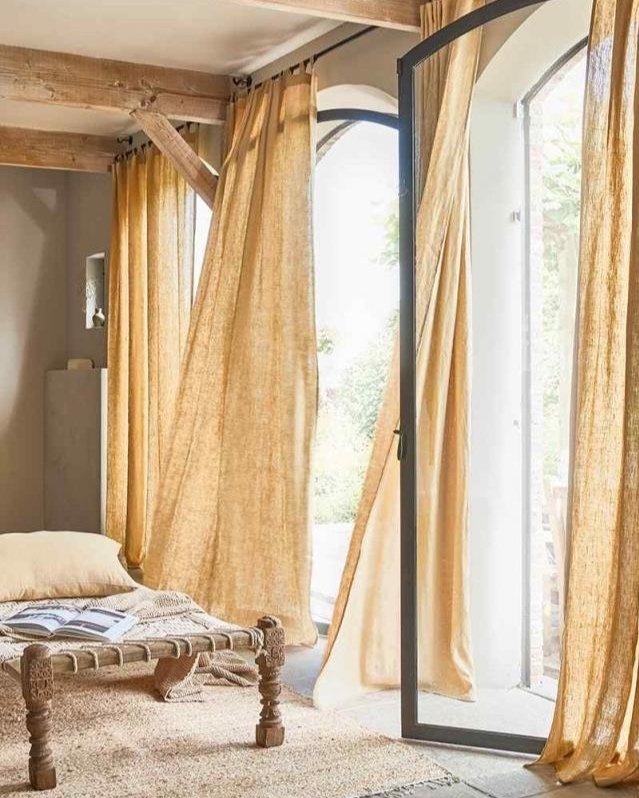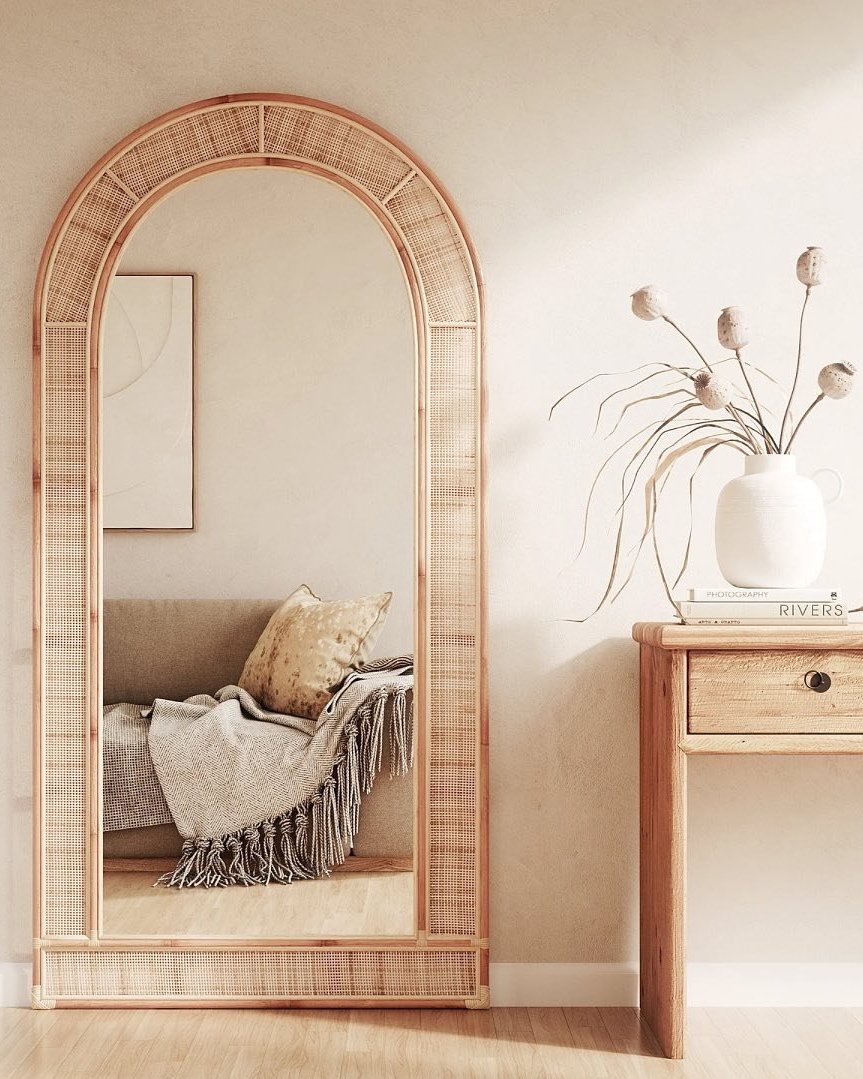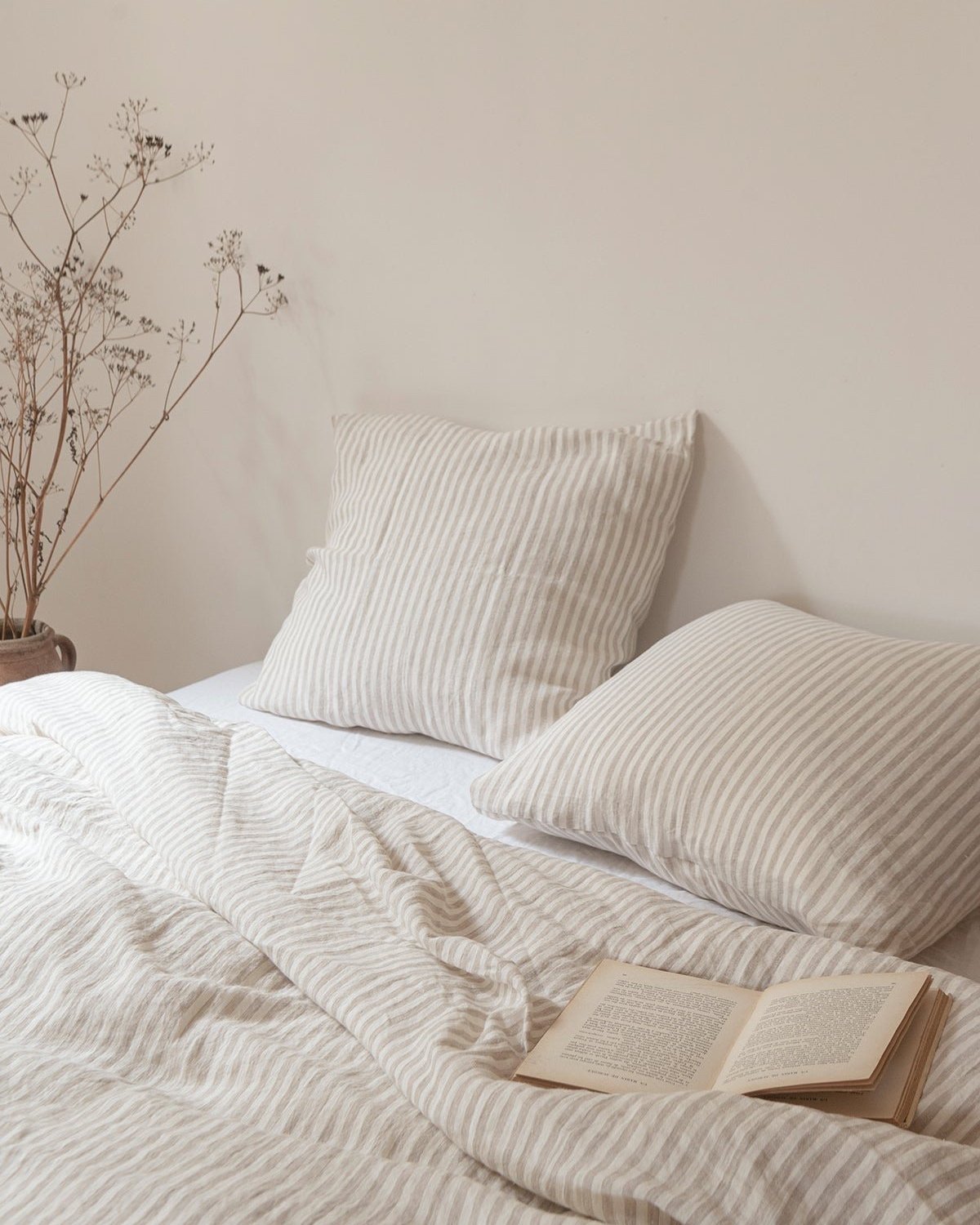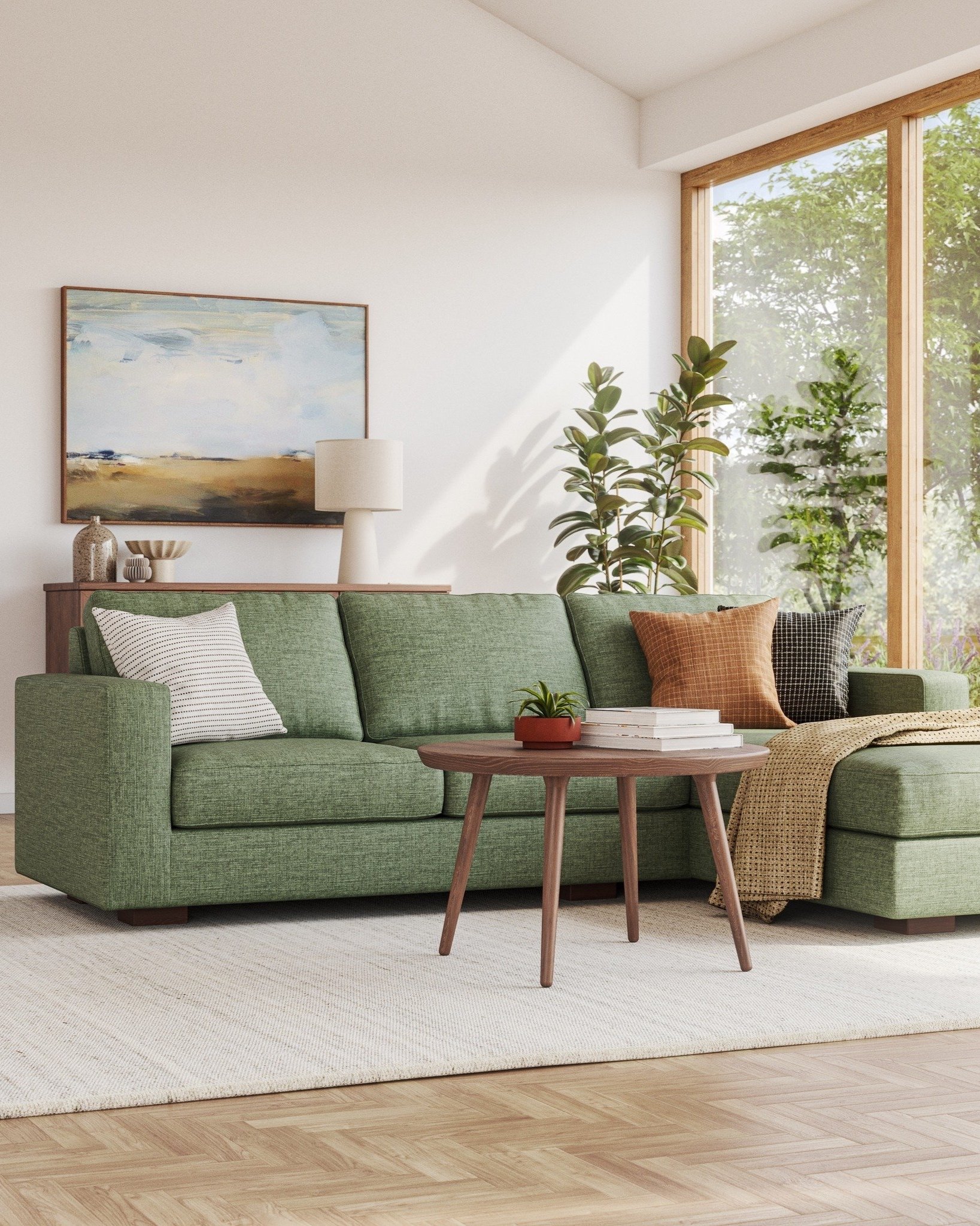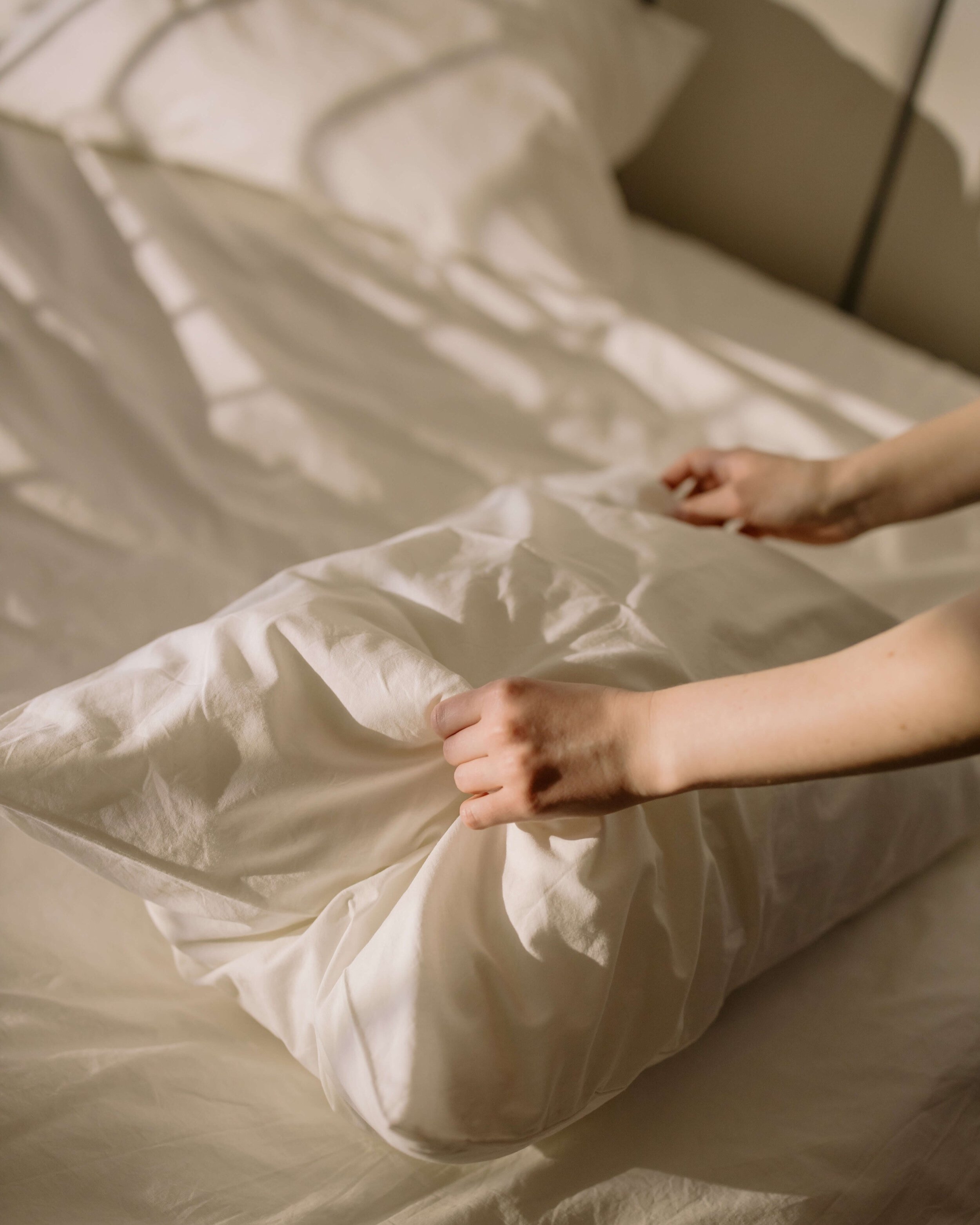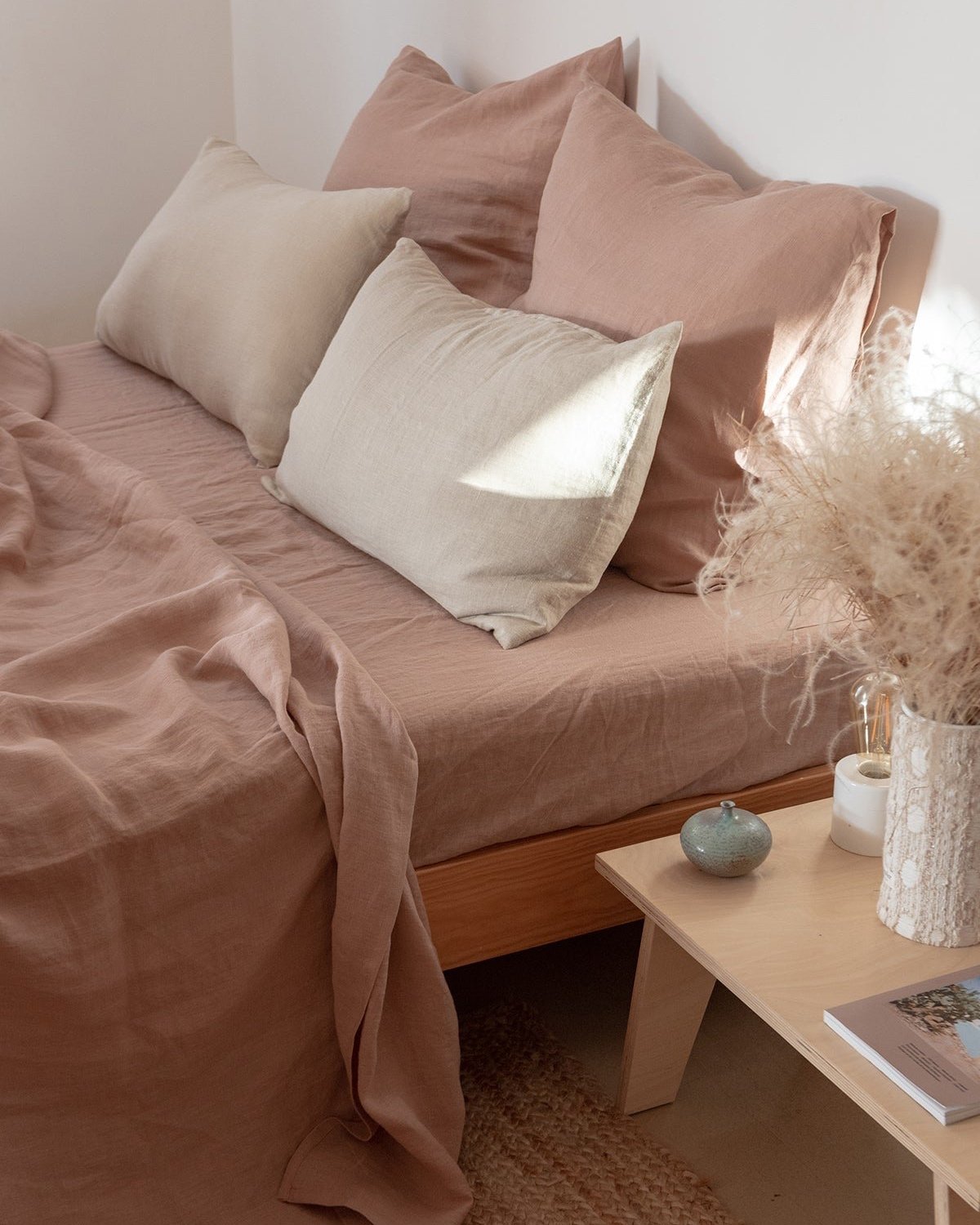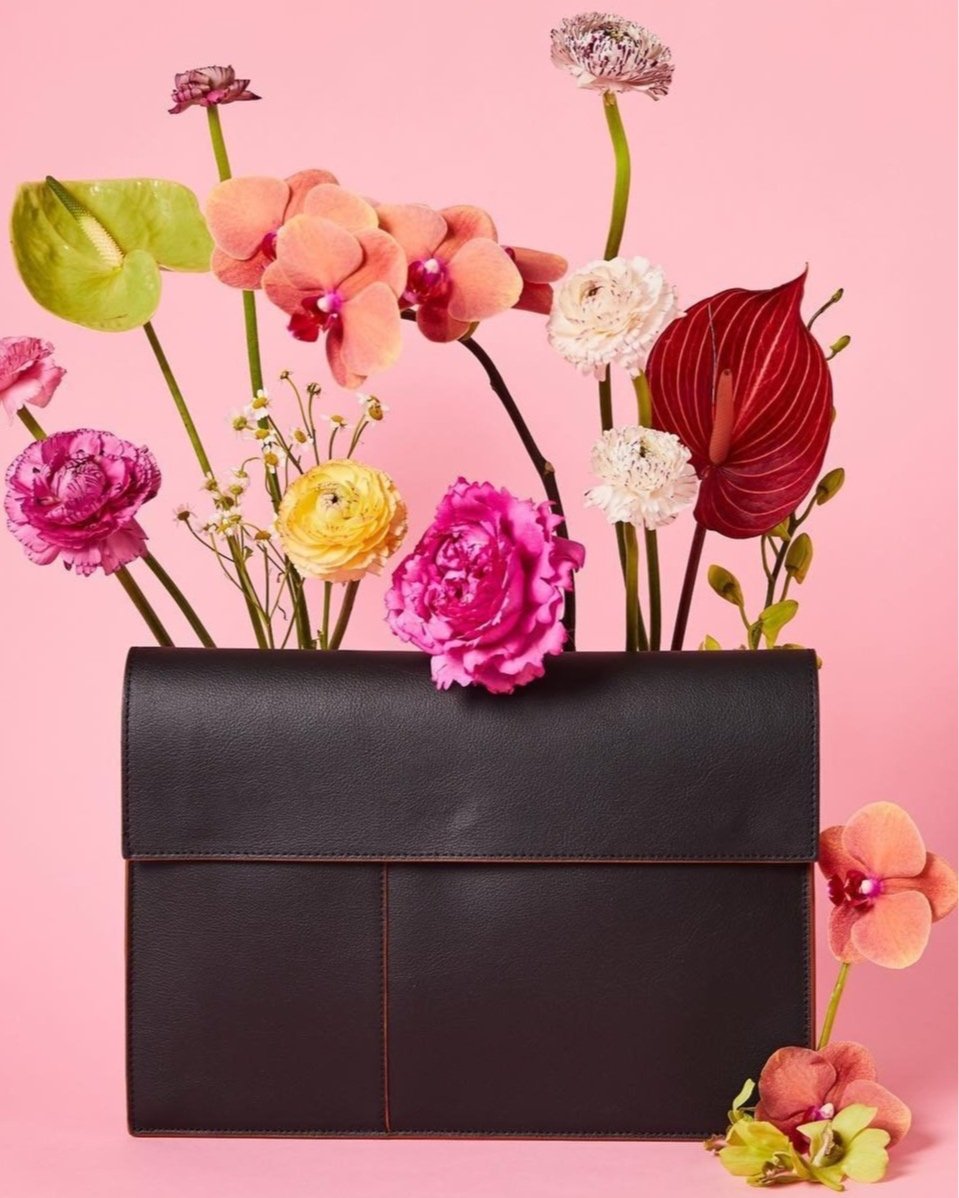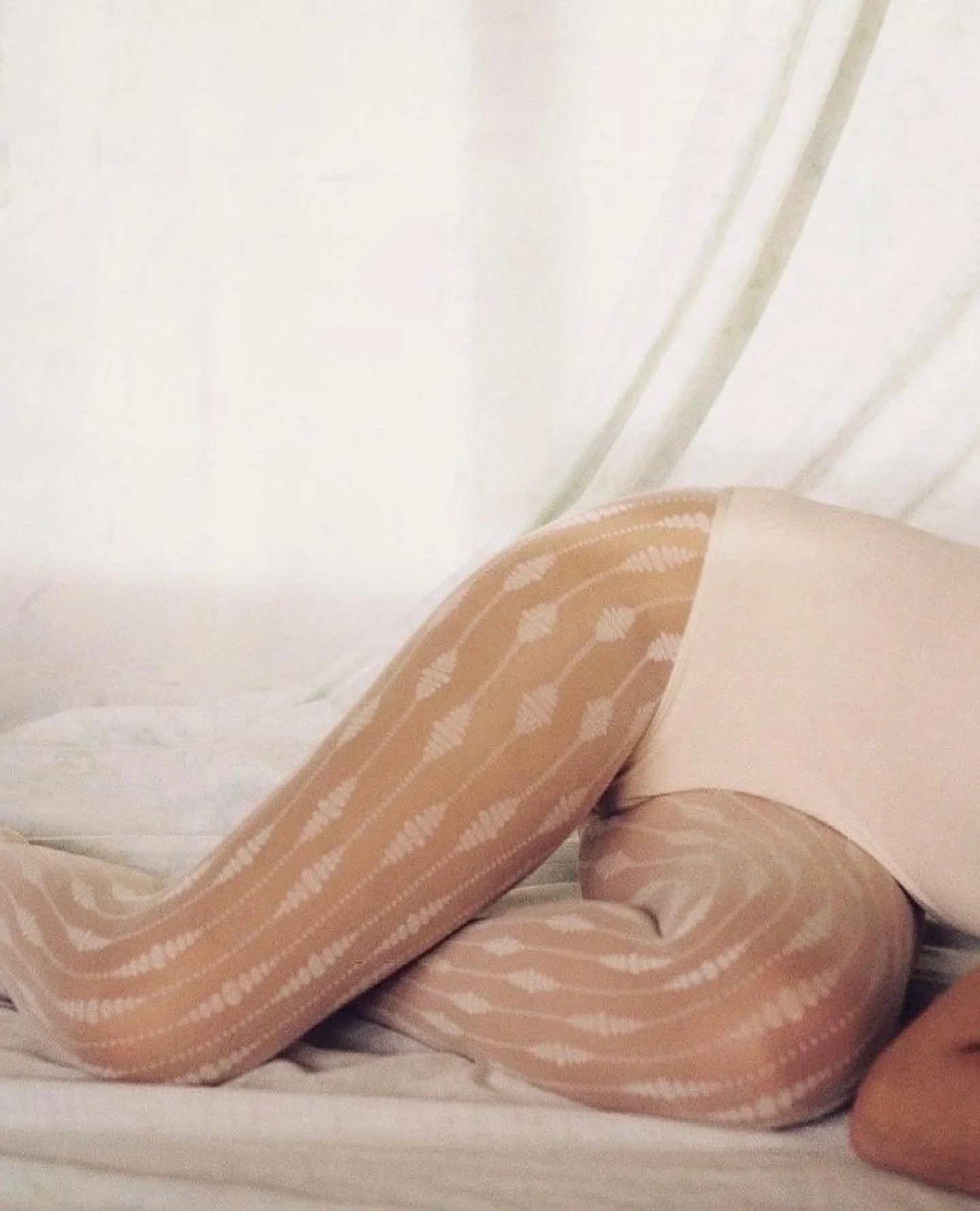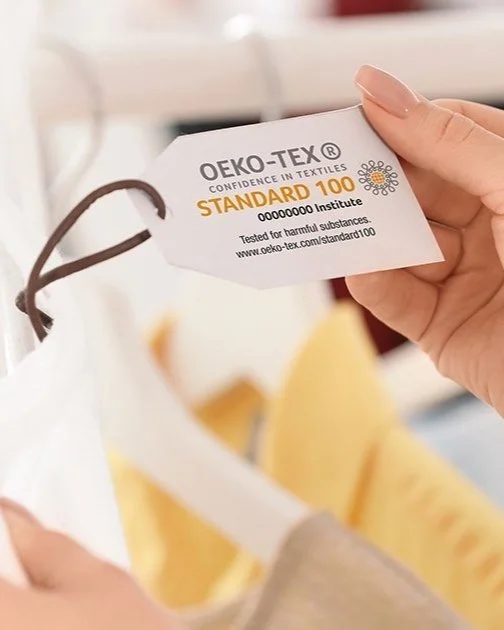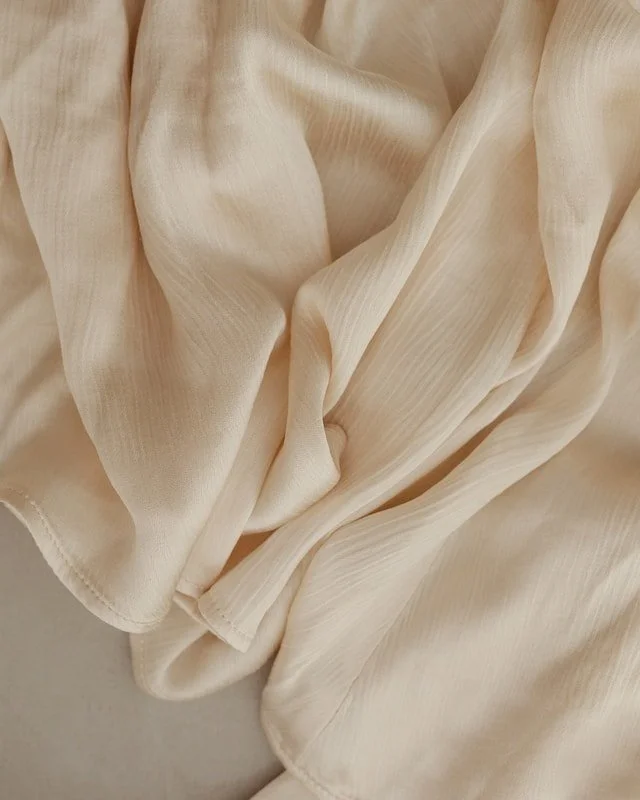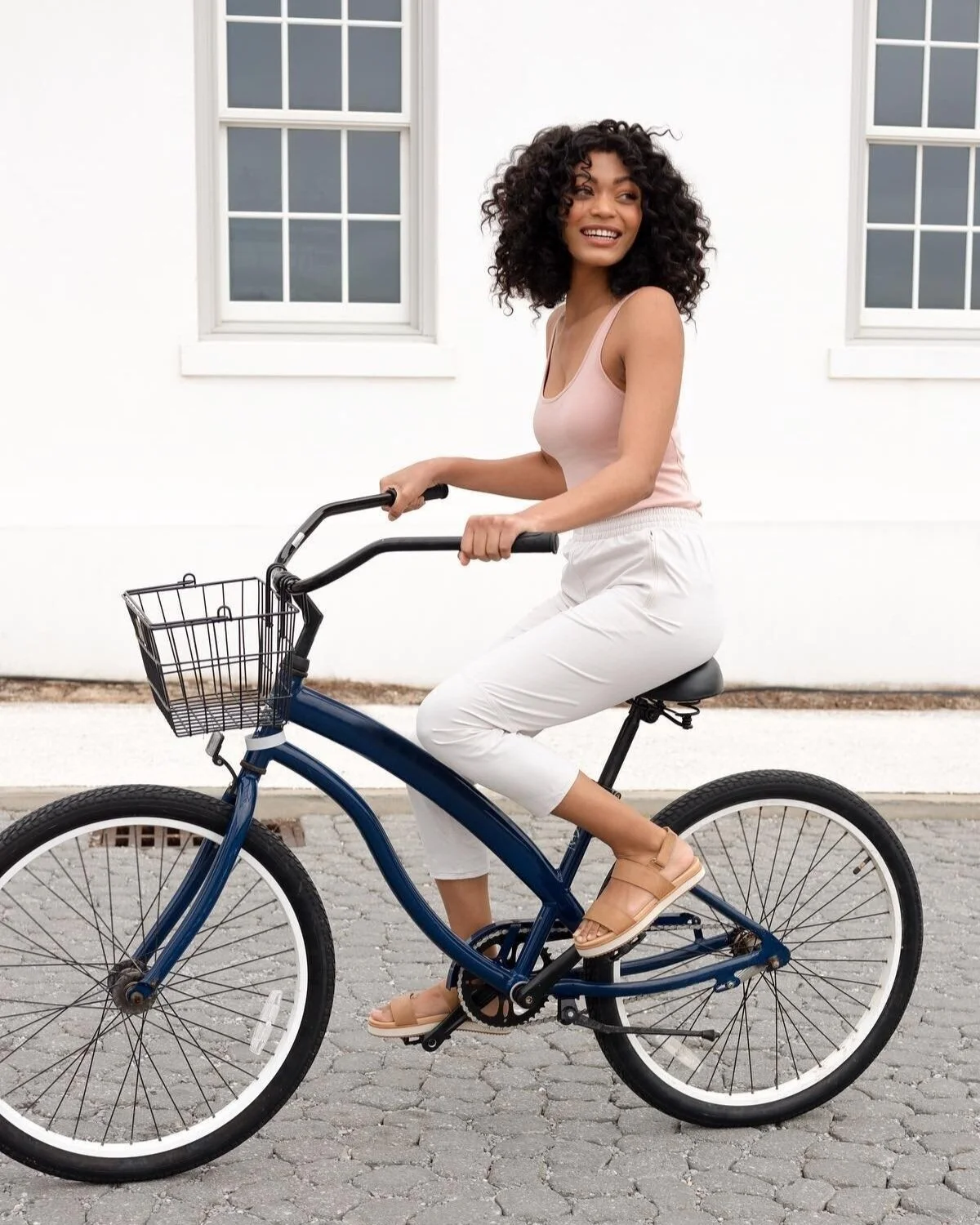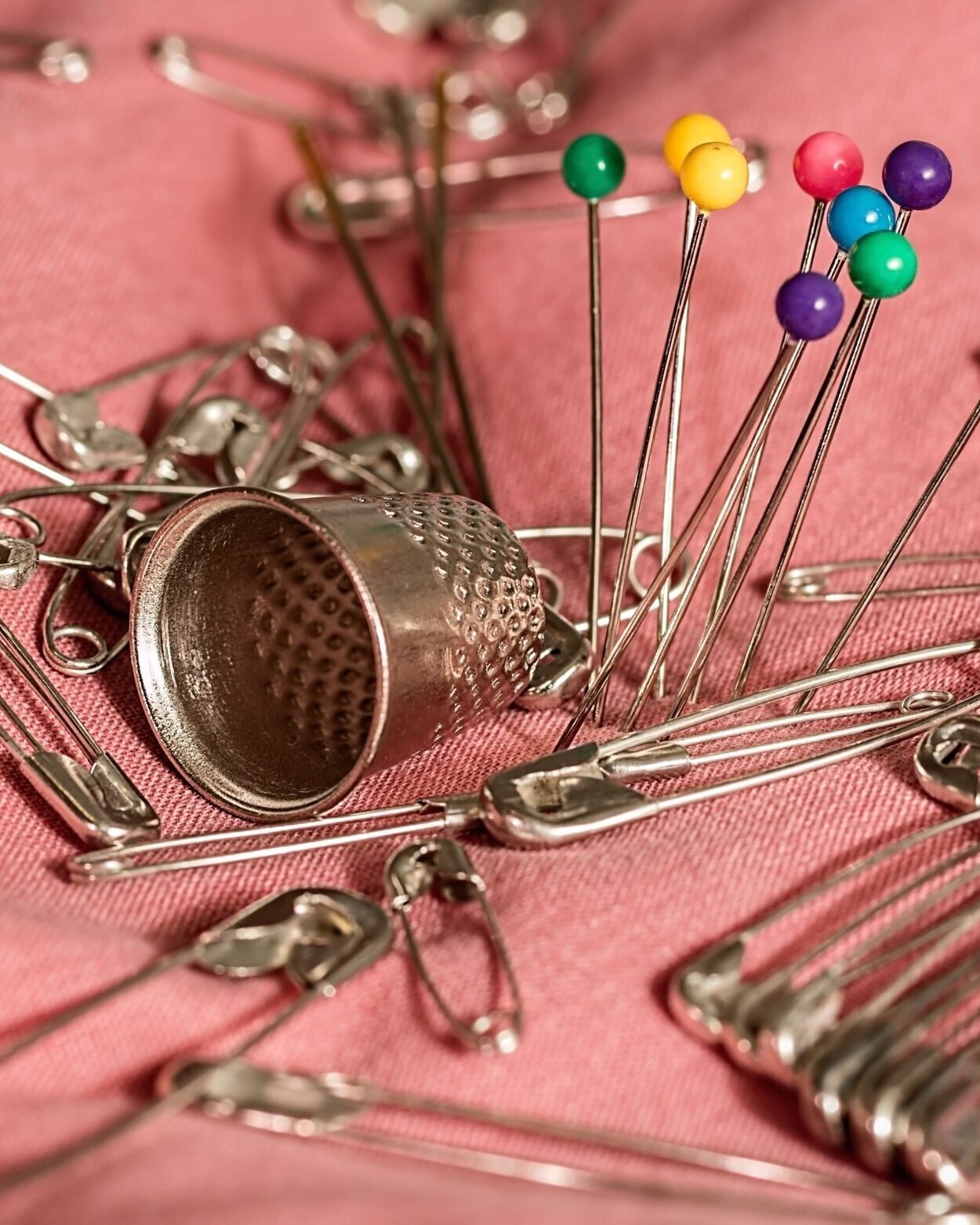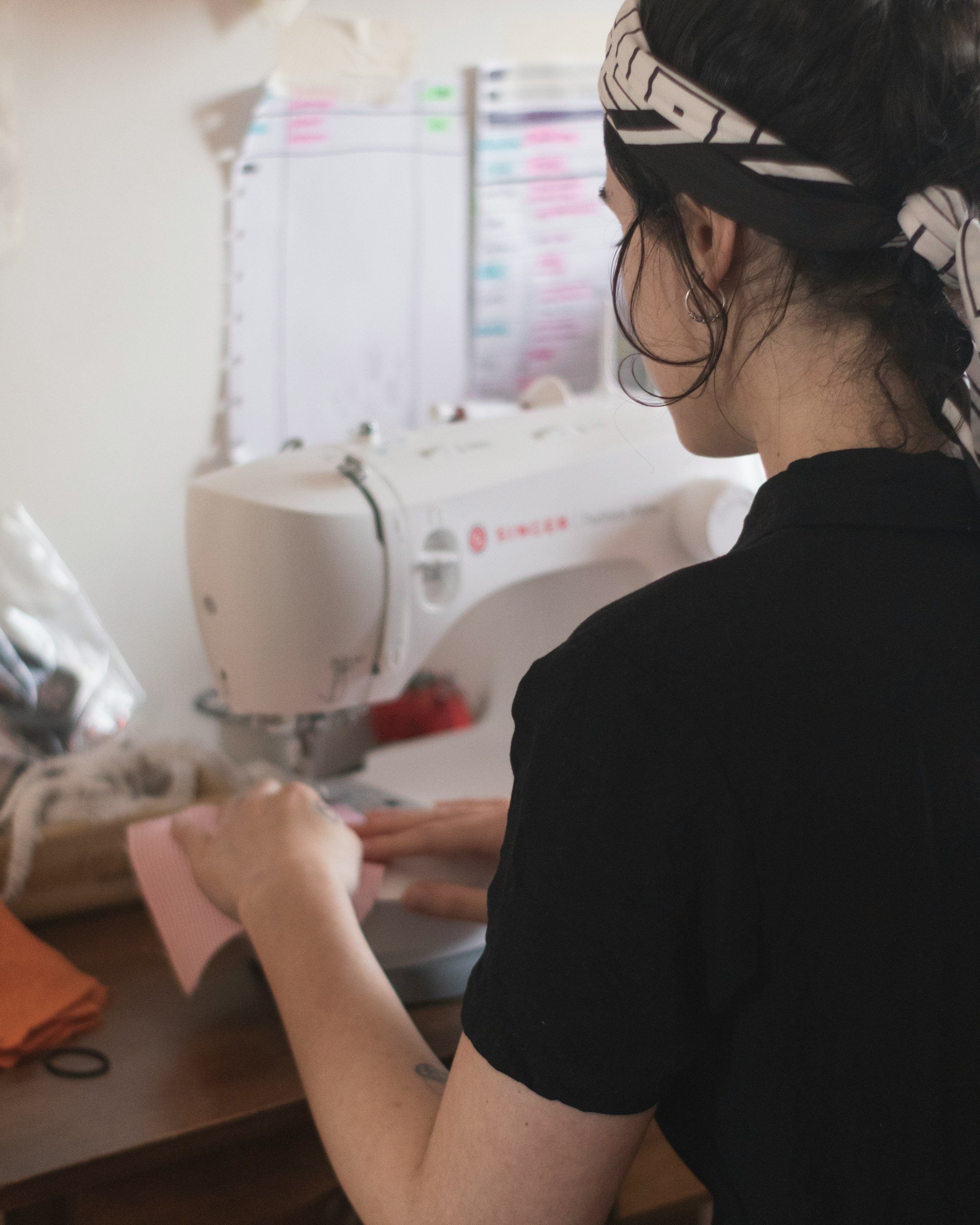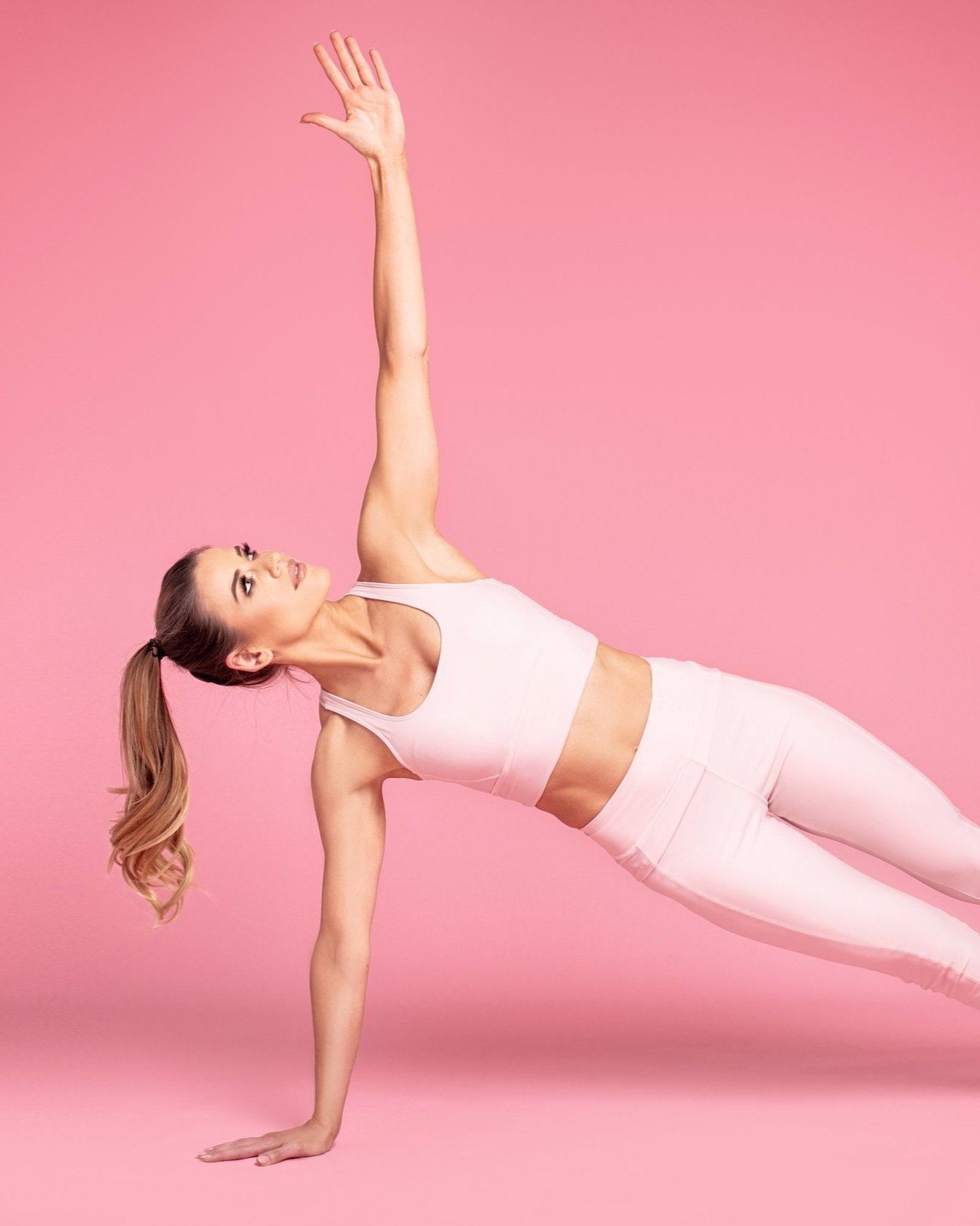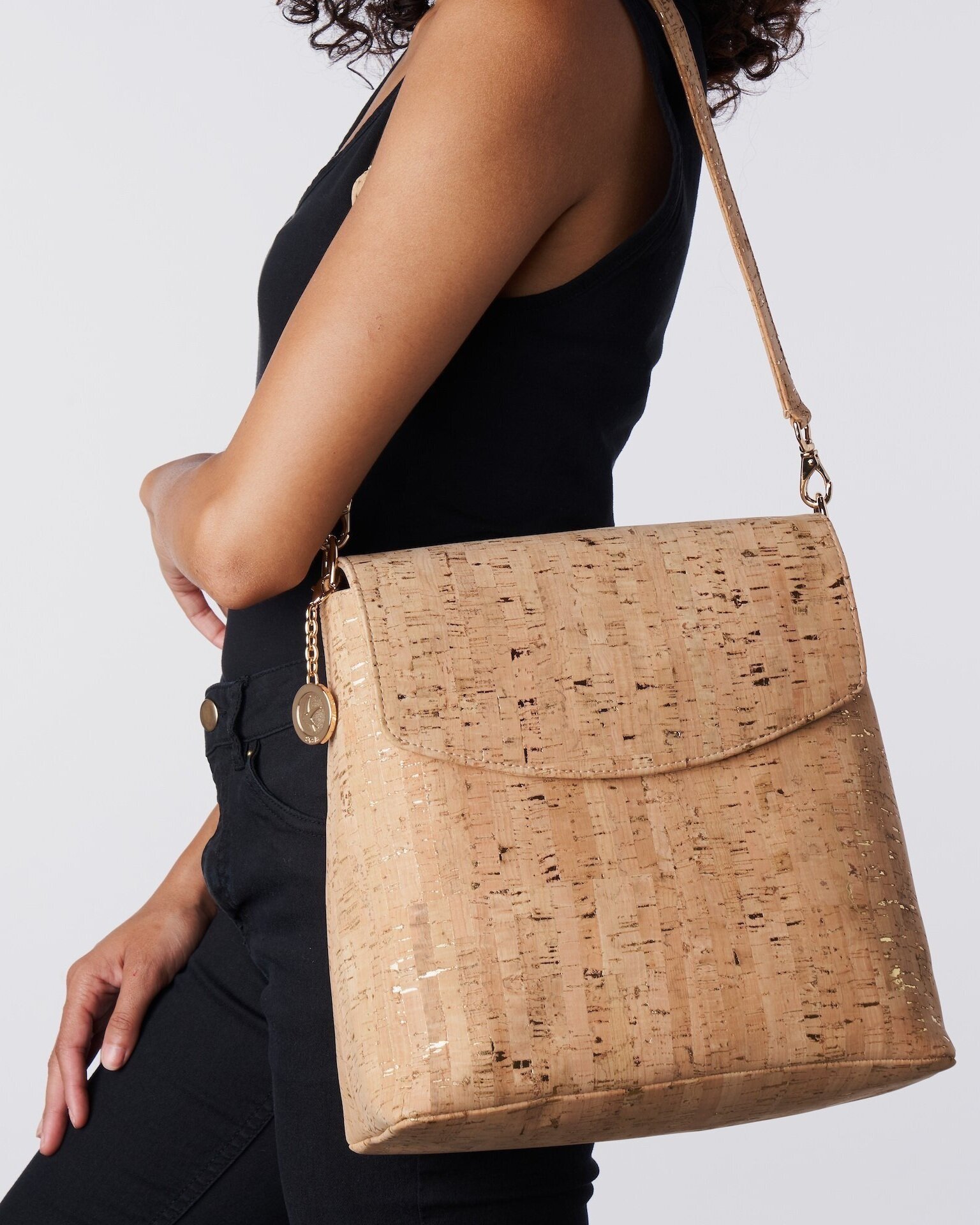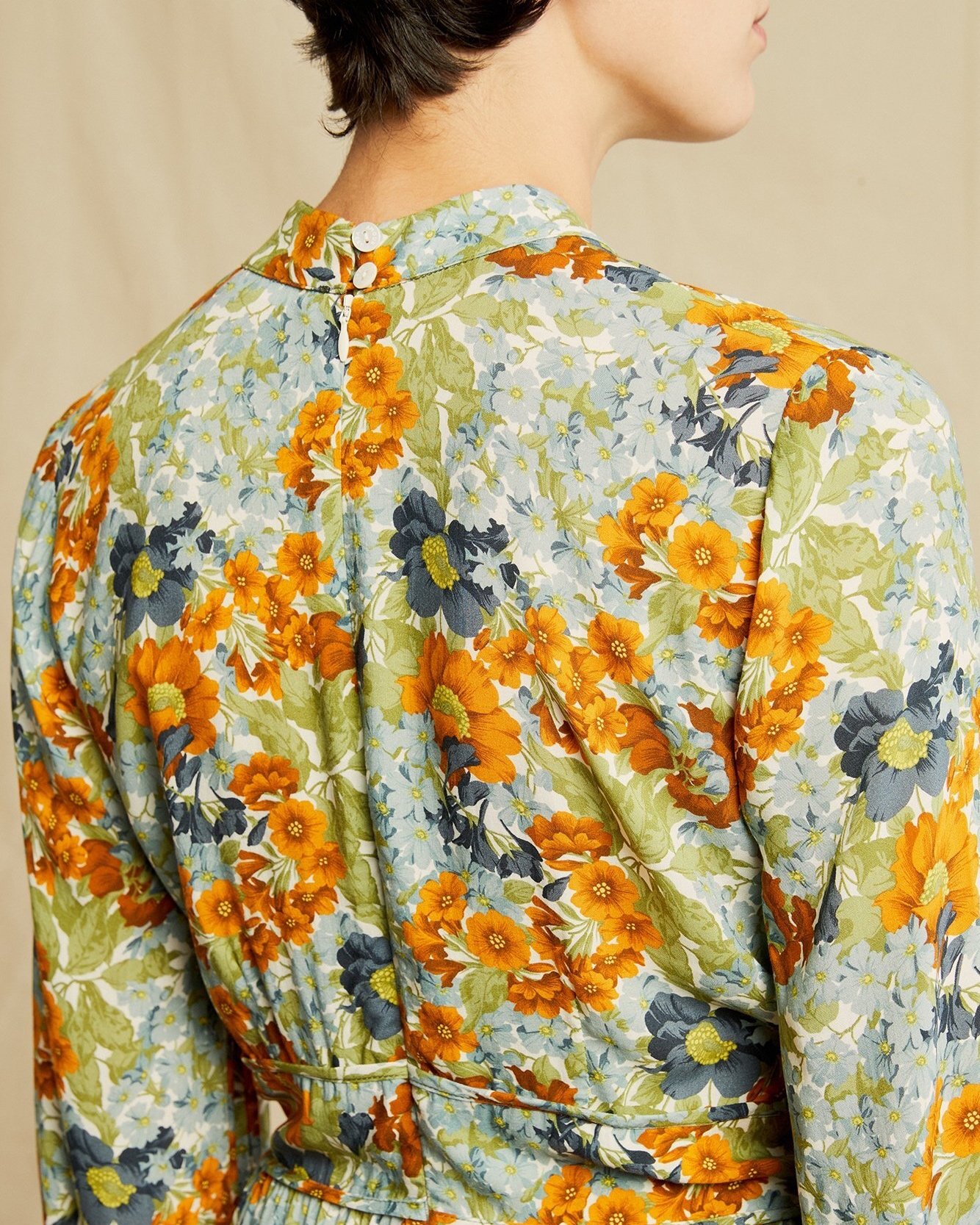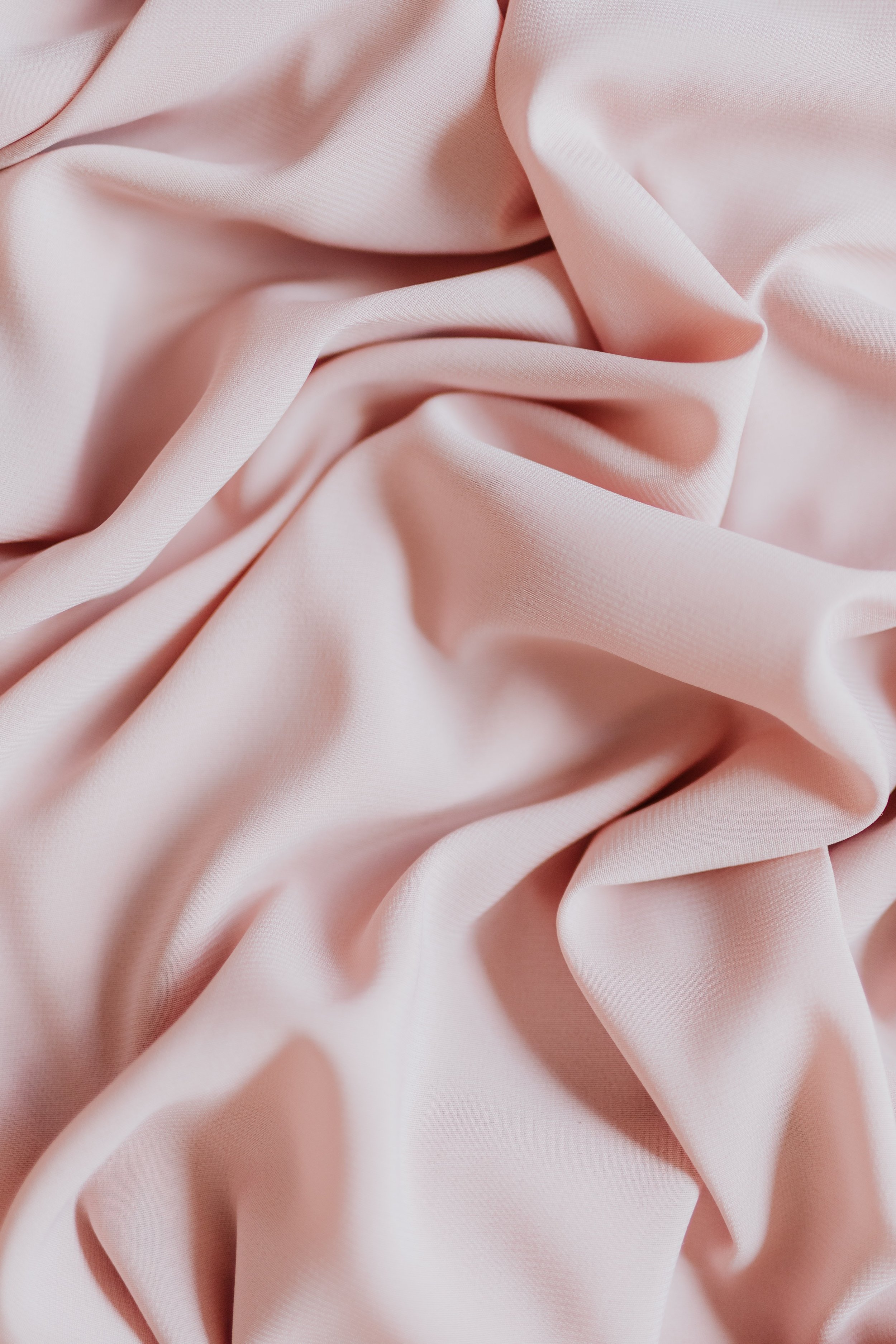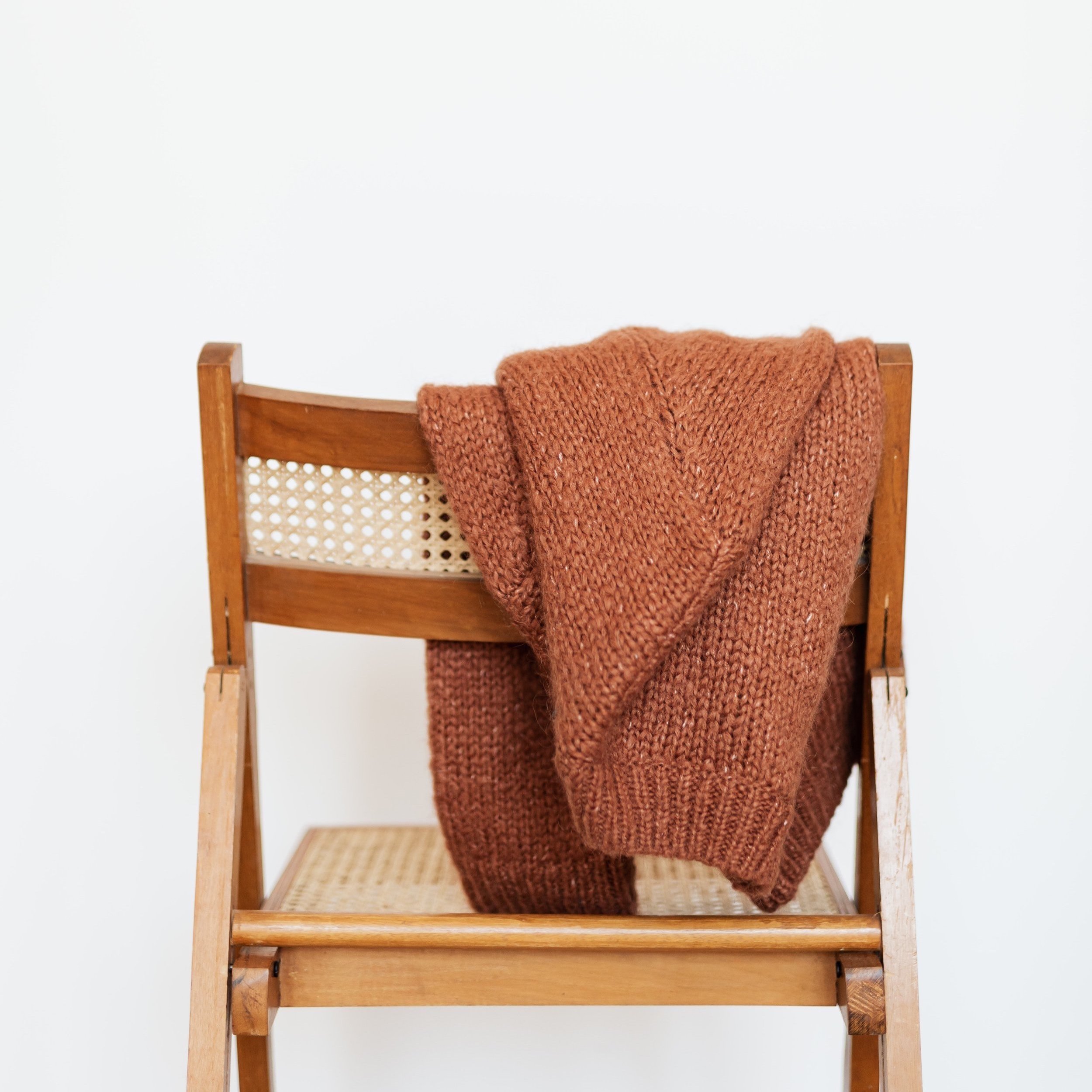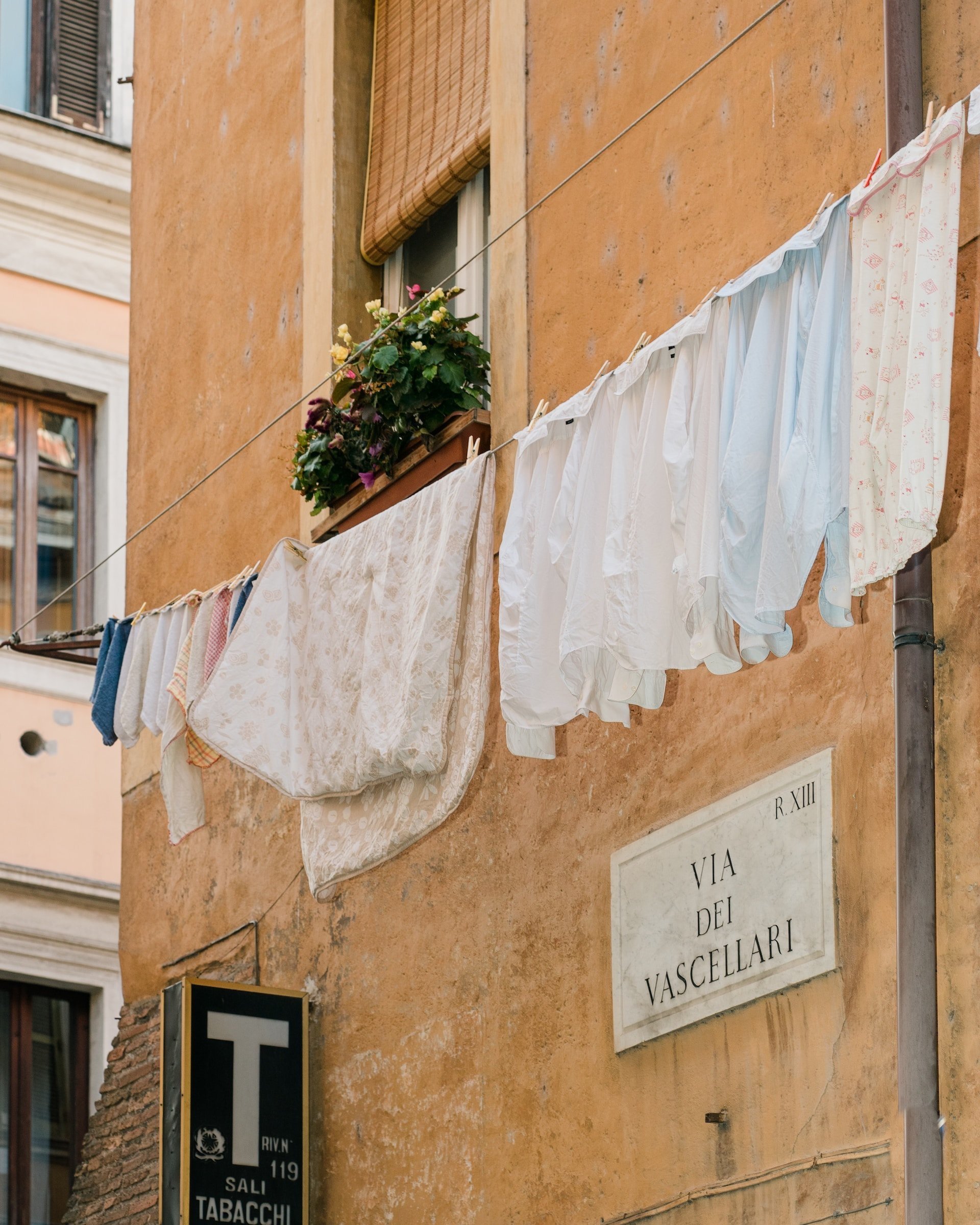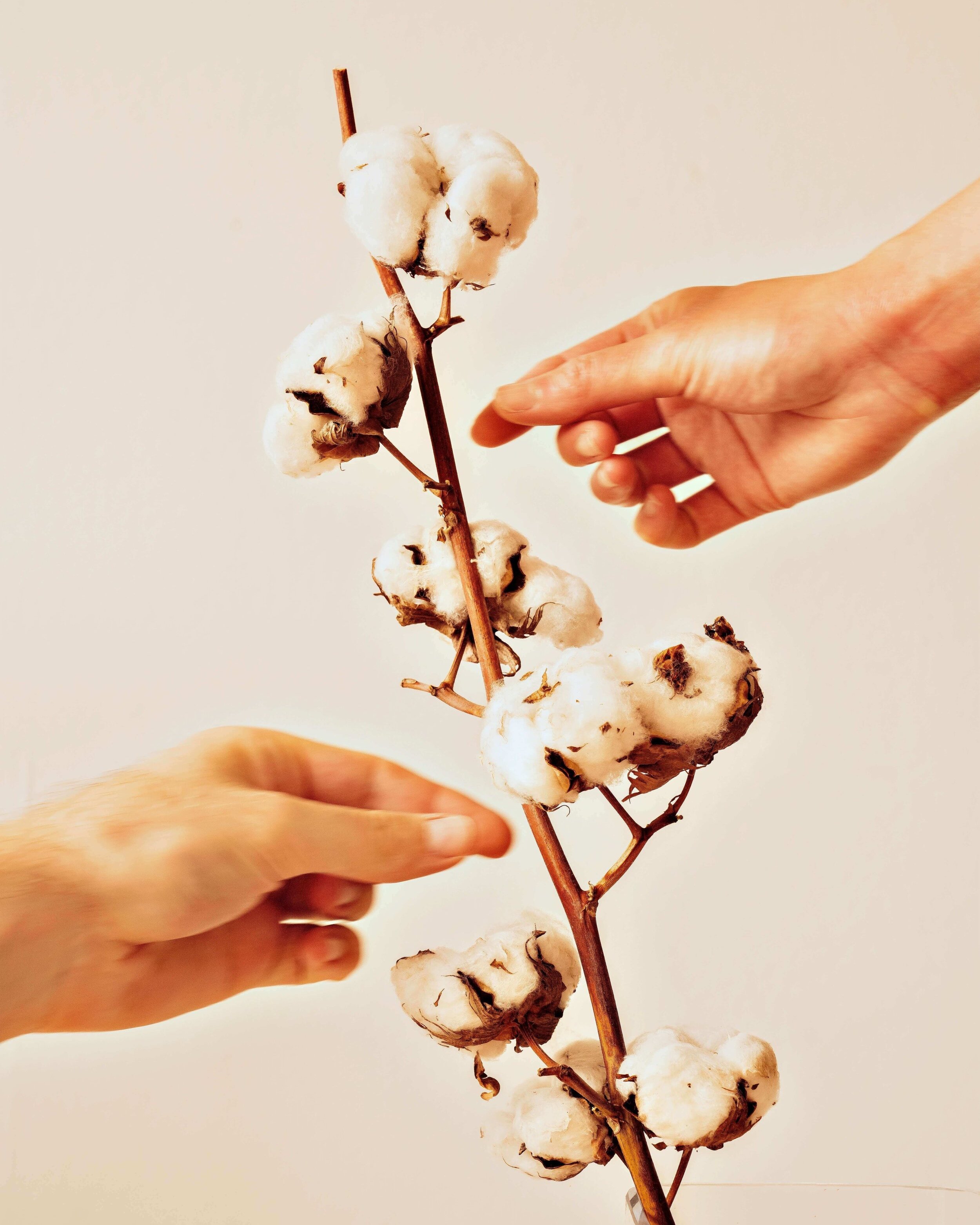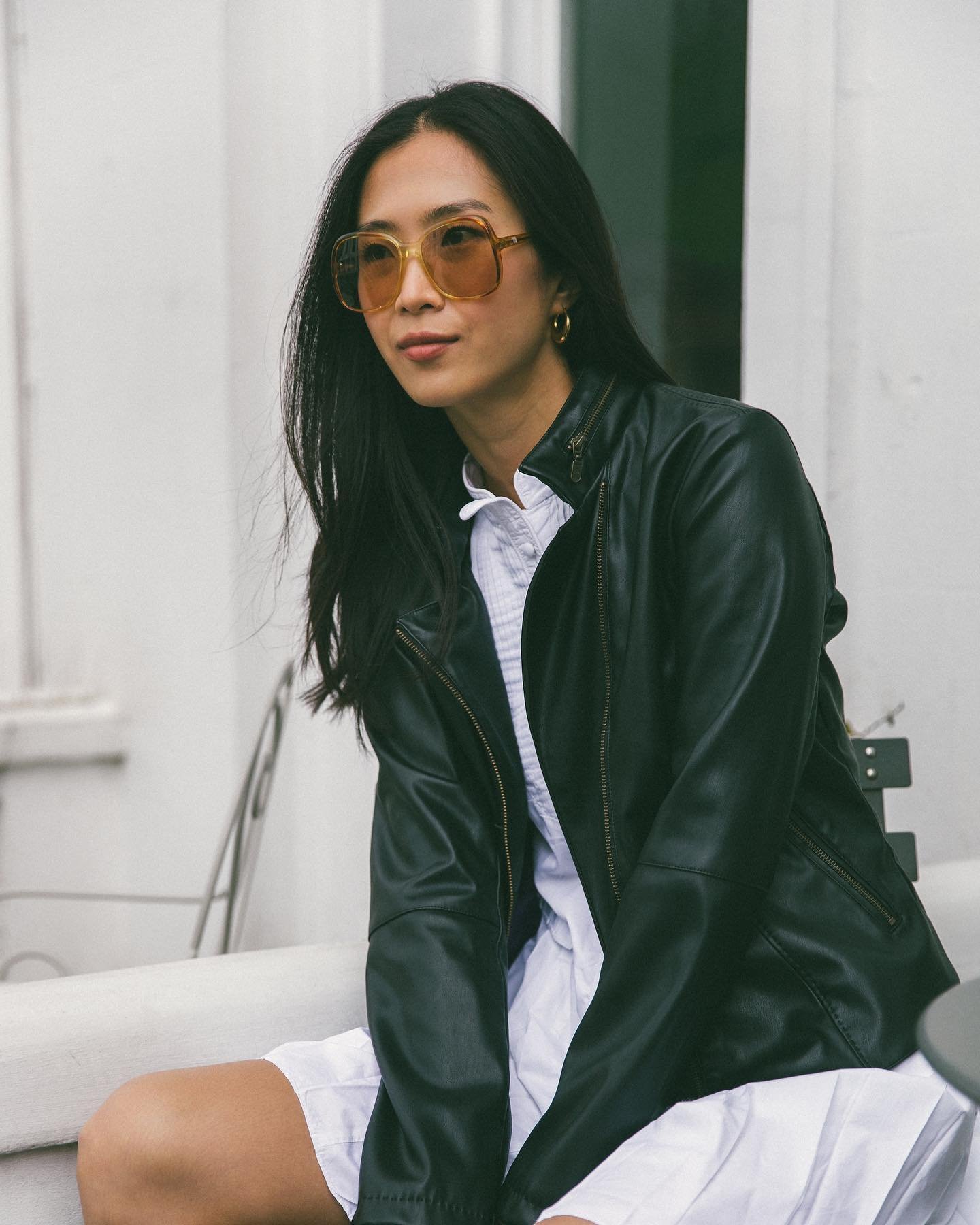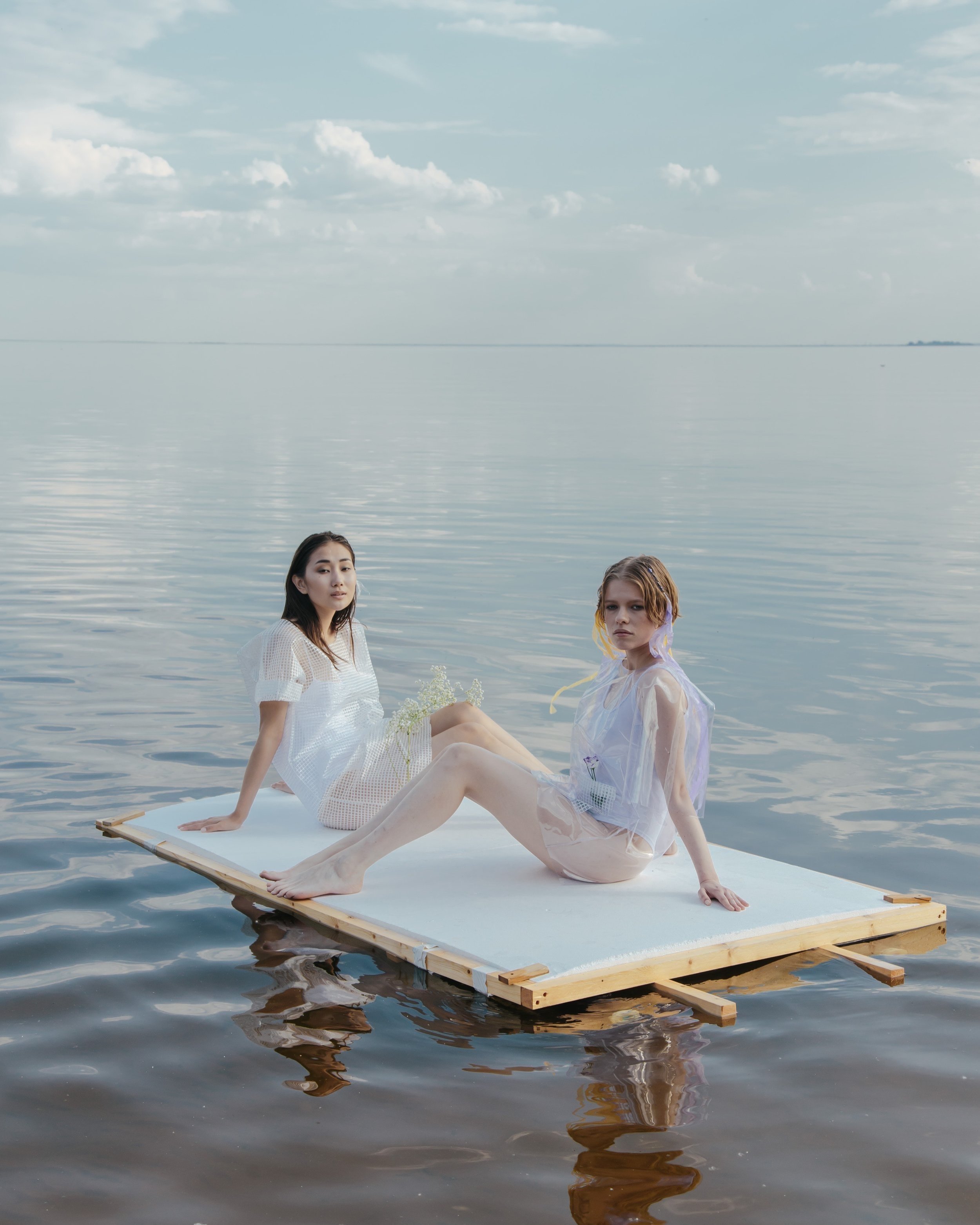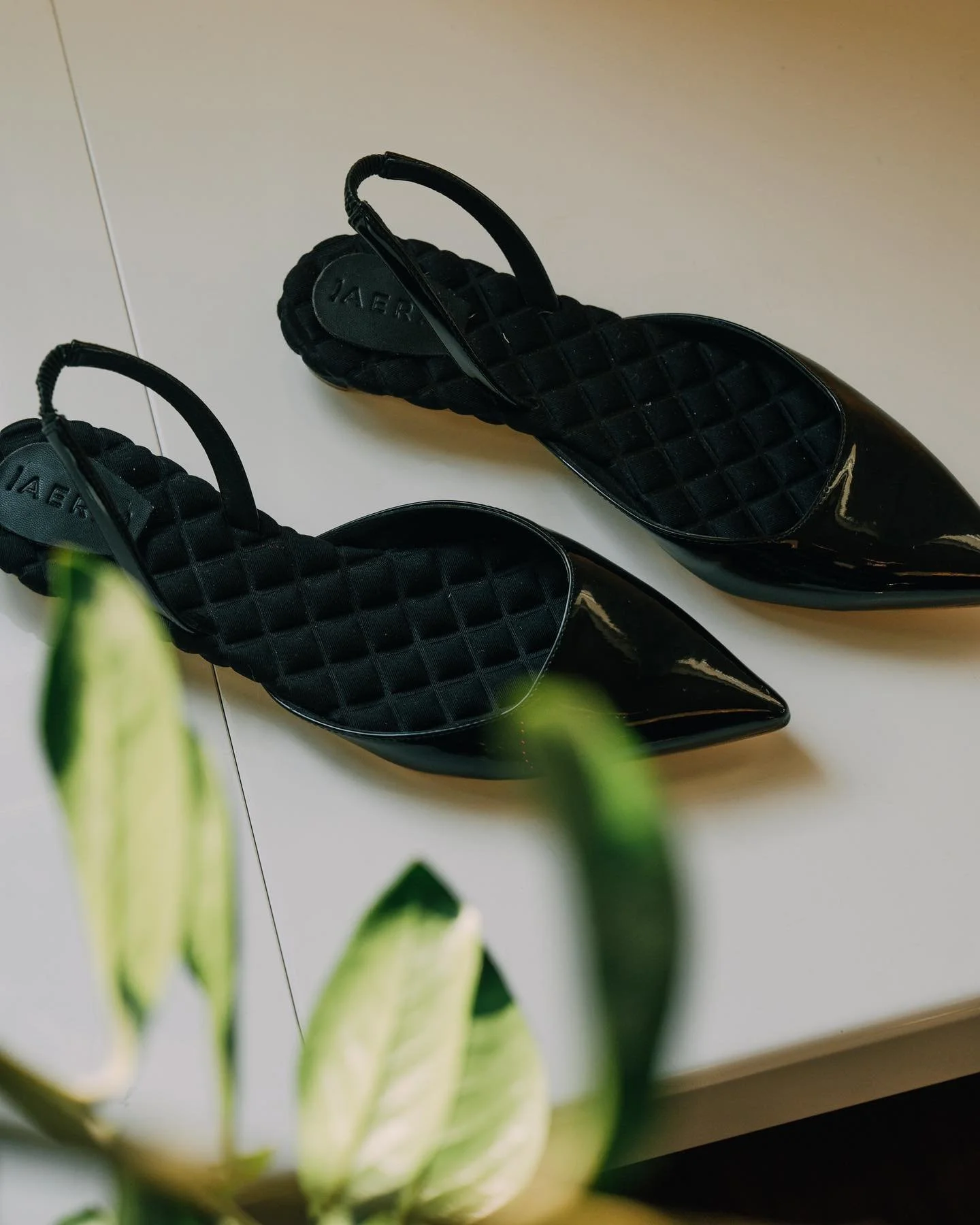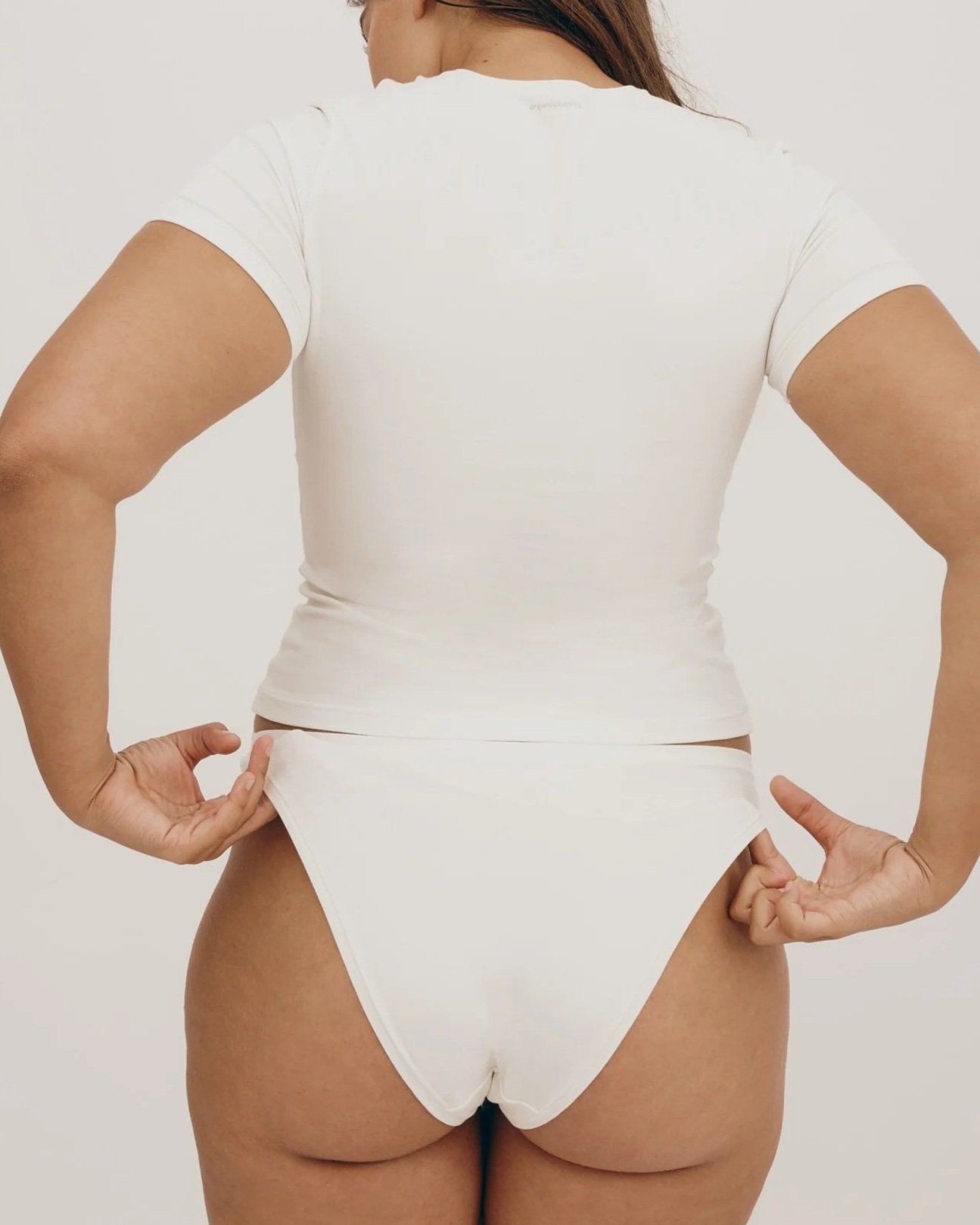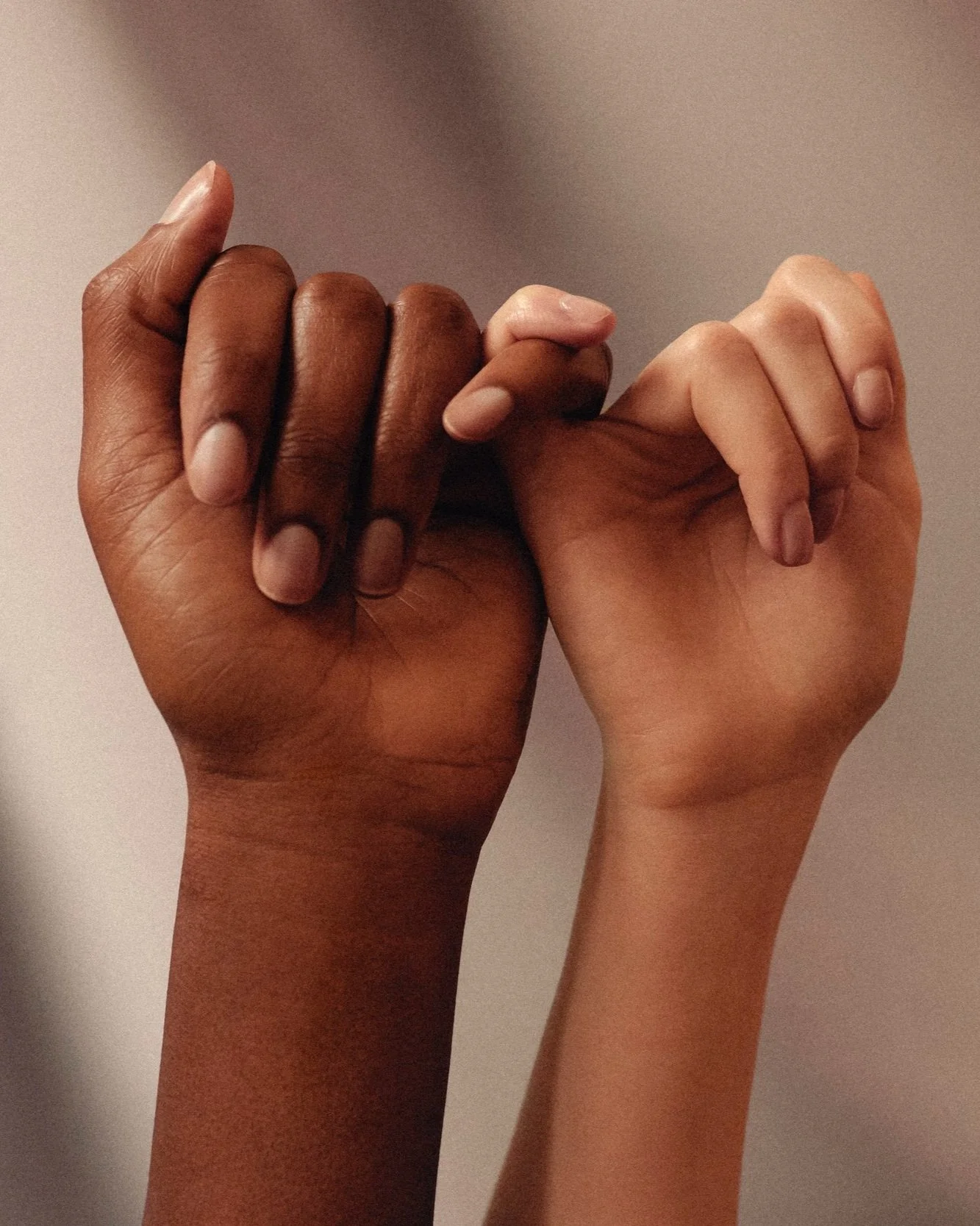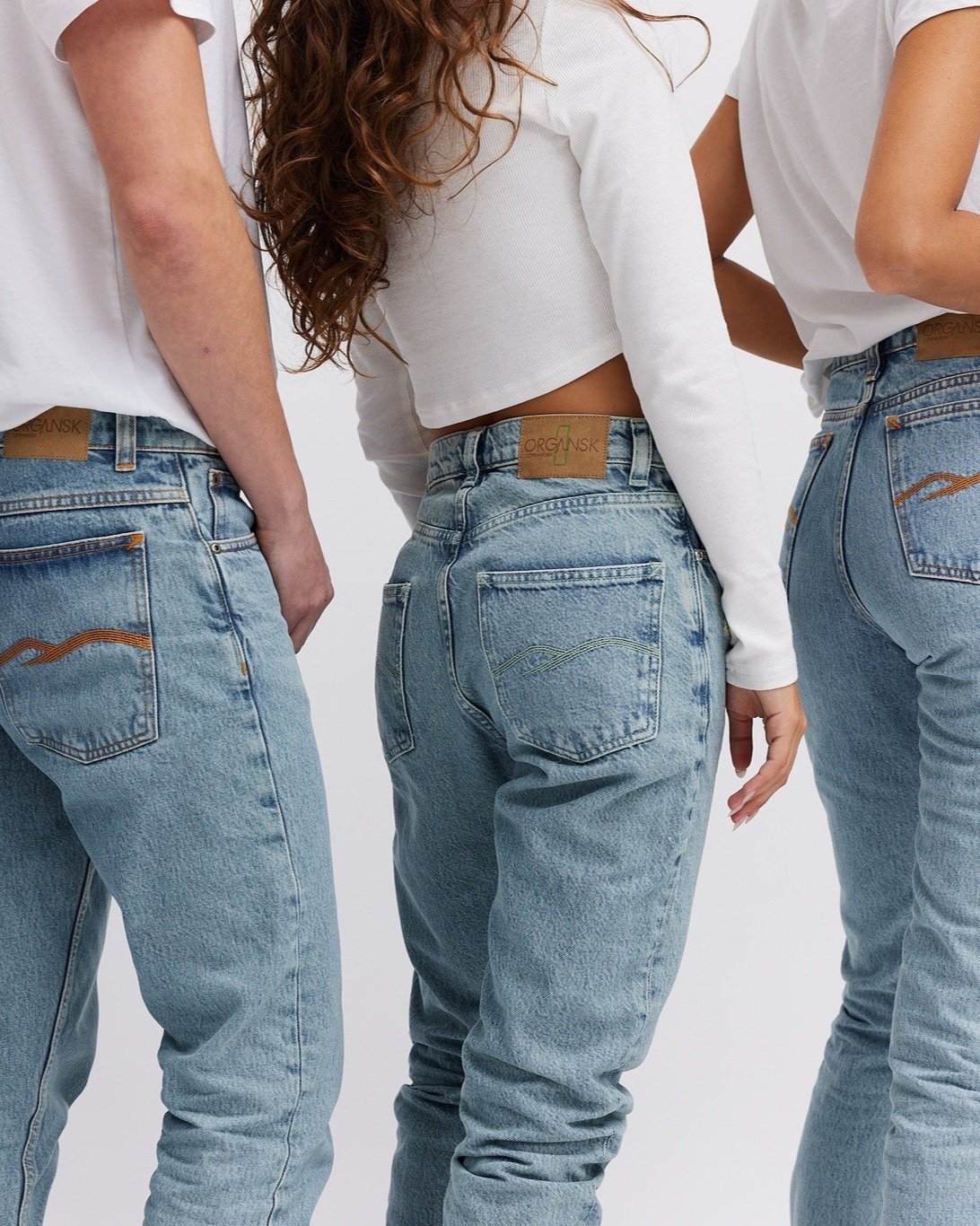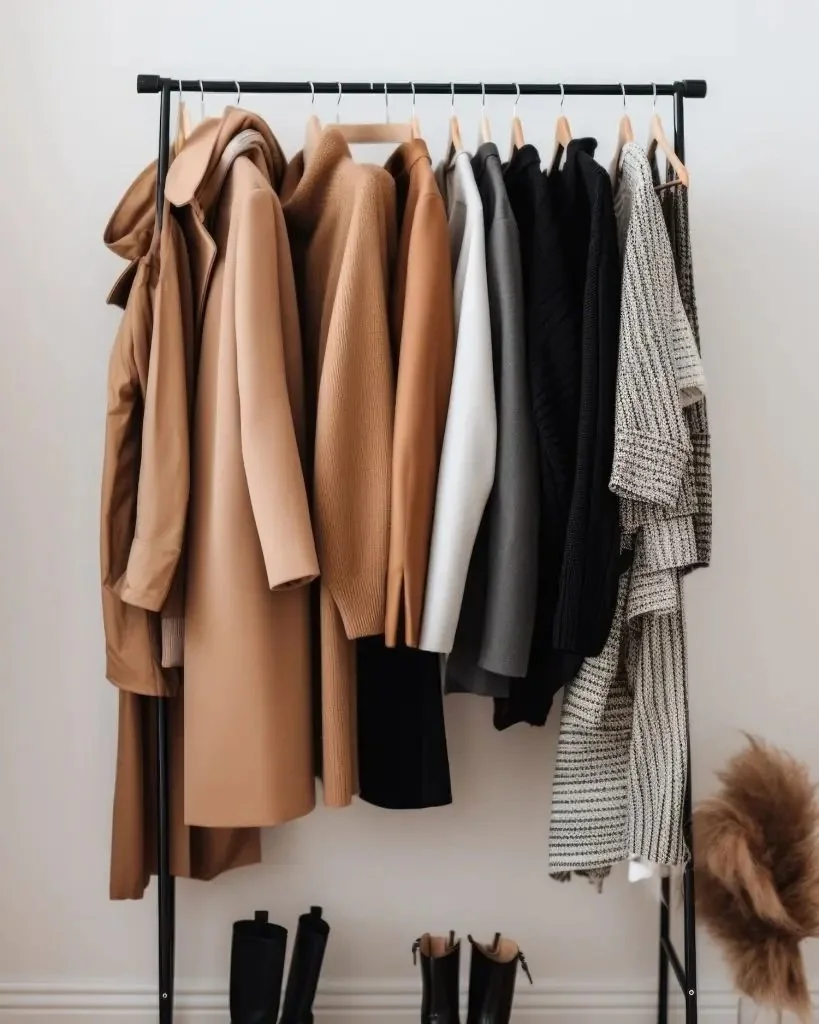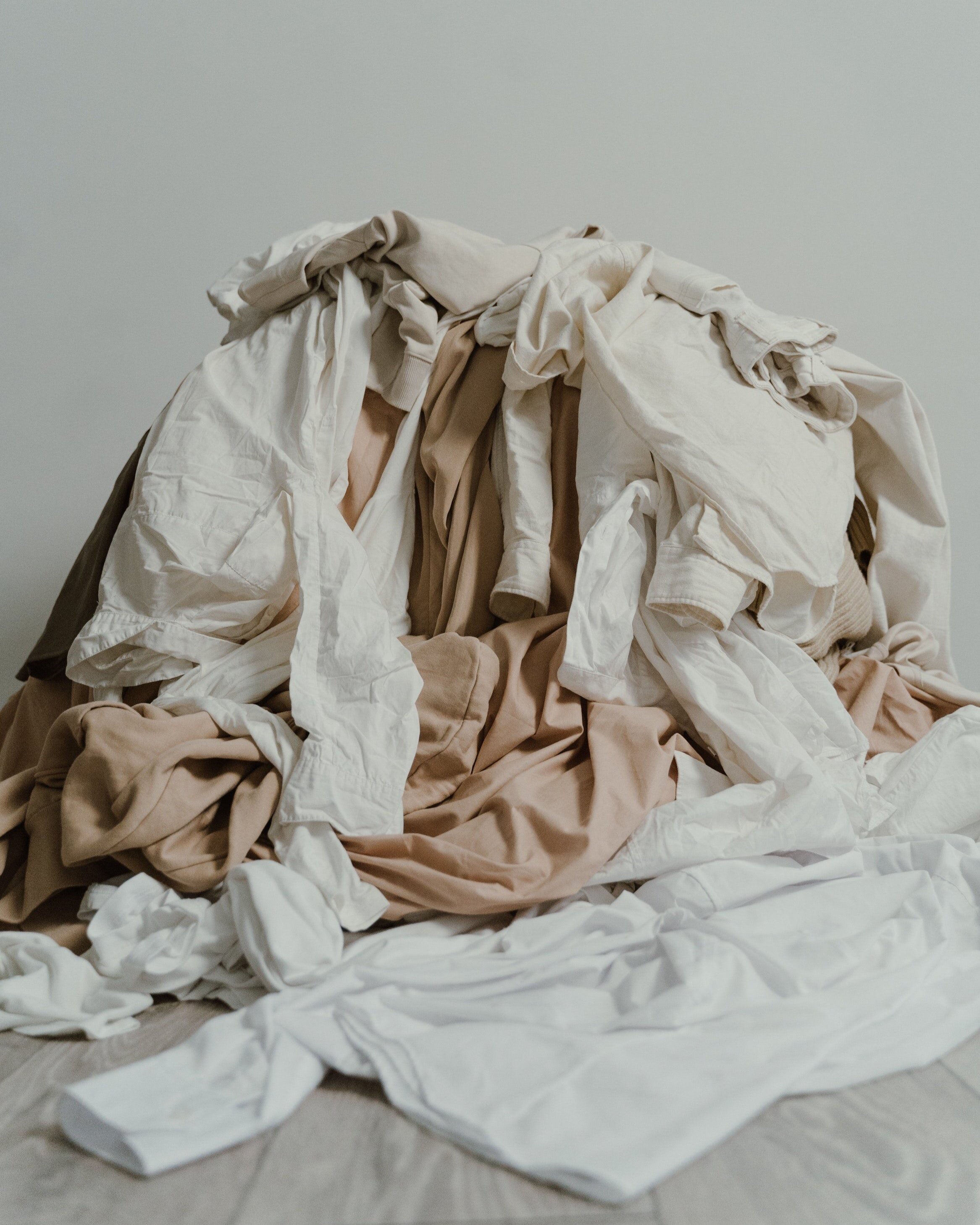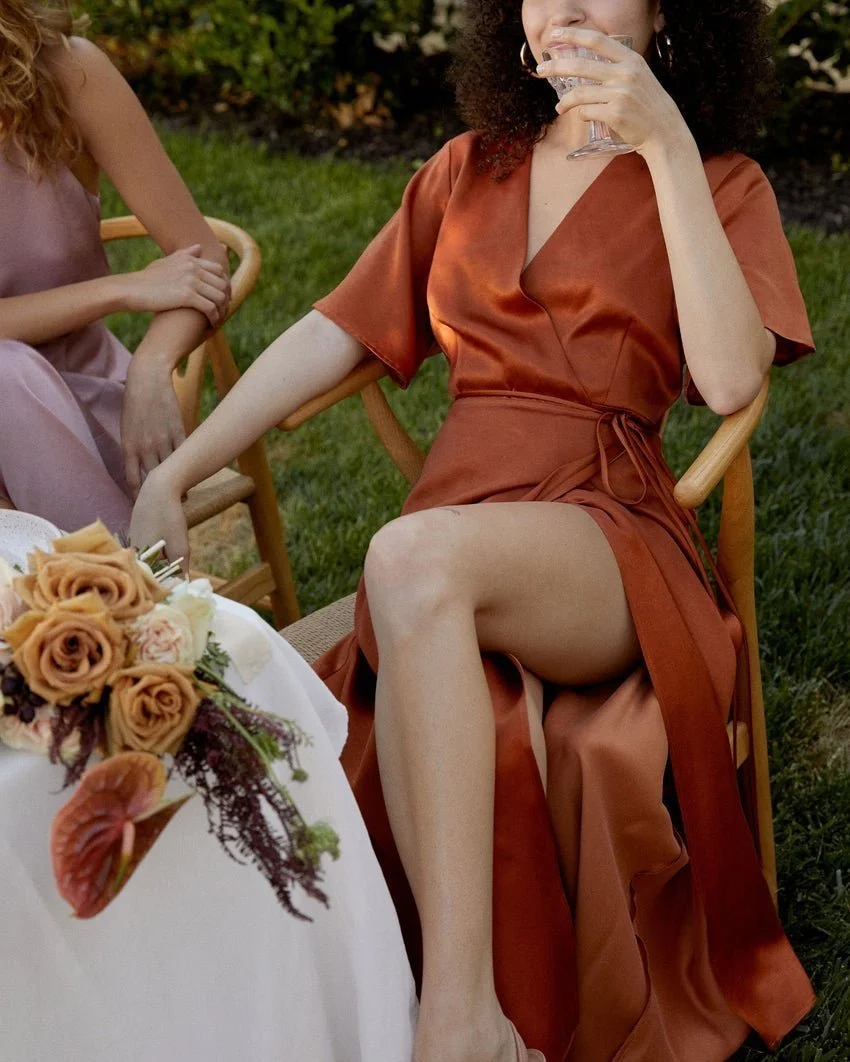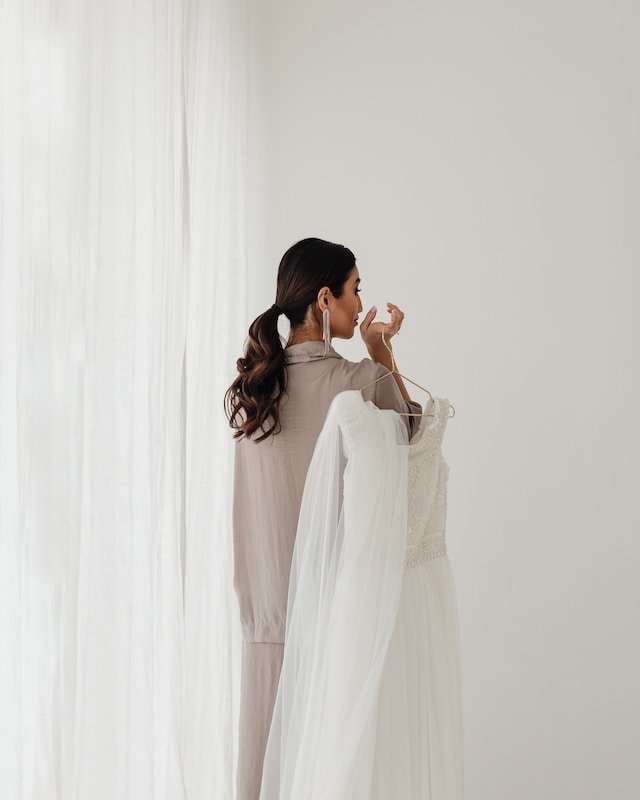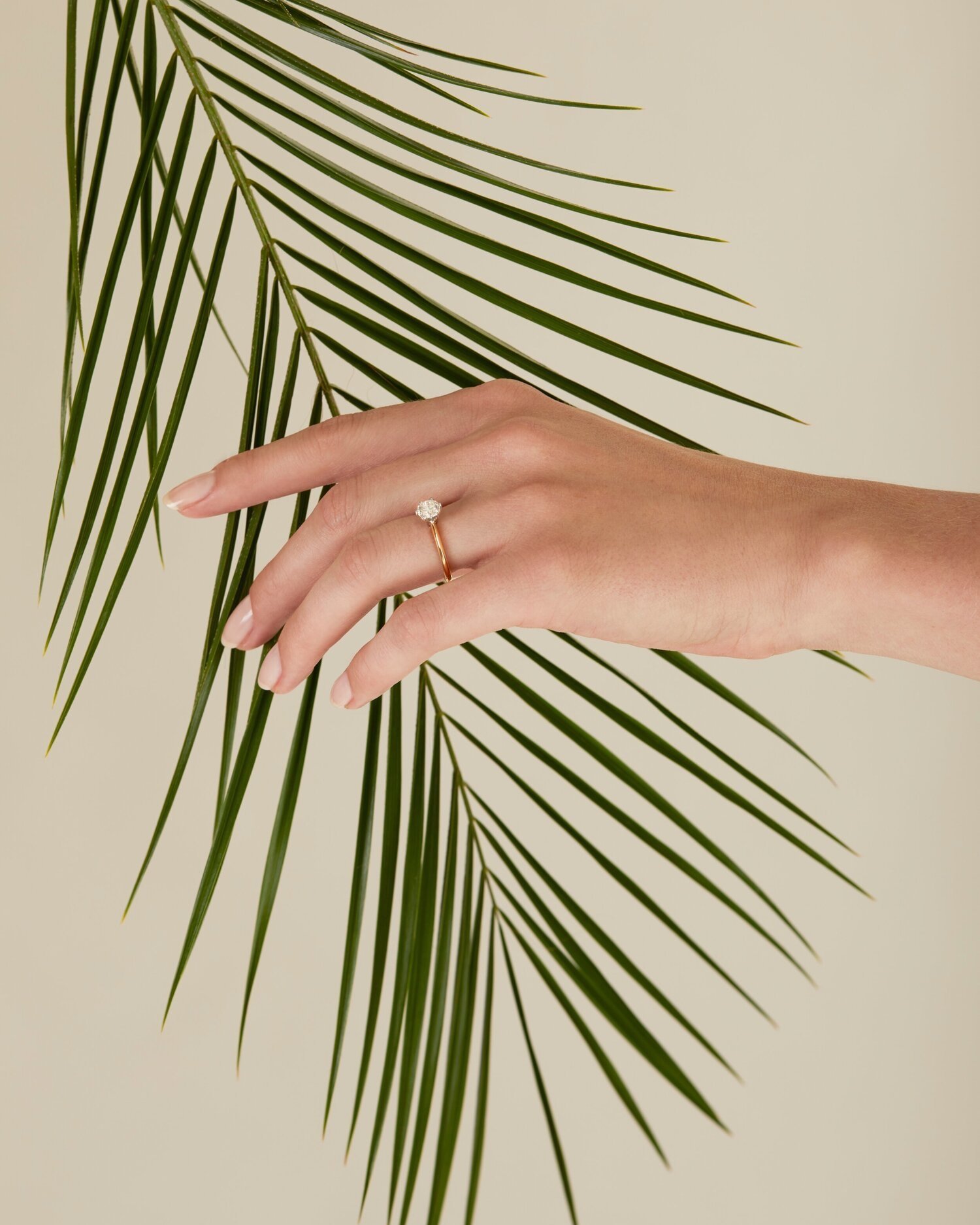
More and more consumers are starting to learn about the dangers of cooking with Teflon pans and are swapping their toxic non-stick cookware for safer options. But did you know that tea kettles can also be problematic?
Many tea kettles on the market are made with materials that contain harmful substances, which can leach into the water when we boil it.
Thankfully, if you are in the market for a new tea kettle, you do not have to buy one of those toxic ones. There are many models you can choose from that are safe to use whenever you feel like brewing a cup of tea (or coffee).
We have selected 10 non-toxic tea kettle brands in this article, so you can safely cozy up and warm up with a nice cuppa now that the colder months are officially here!
Disclosure: Some of the links below are affiliated; we may earn a small commission if you click through and make a purchase. We only feature brands that align with our values and contribute to a better world. Thank you for supporting these brands - and us!
What makes a tea kettle non-toxic and safe to use?
A non-toxic tea kettle is one made with safe materials that do not leach harmful chemicals when heated. So the number one thing you should look out for when buying a new kettle is what it is made out of.
Avoid models made from plastic, particularly those that have plastic parts directly exposed to boiling water. When heated, the plastic will release endocrine-disrupting chemicals into your beverages, no matter if it is BPA-free or not.
You also want to steer clear of tea kettles made from aluminum, cast iron, copper, or ceramic, including colored glaze kettles with enamel coatings. Those can leach heavy metals at high temperatures, such as lead and cadmium.
Finally, make sure the kettle’s heating elements are hidden. Those with exposed heating coils usually contain high percentages of nickel, which is problematic if you are allergic.
What non-toxic materials should you search for?
The best, non-toxic materials for tea kettles are stainless steel and borosilicate glass. Both are resistant to high temperatures, so they are great, durable options for both electric and stovetop kettles.
If you opt for a stainless steel model, avoid 201-grade stainless steel because it might rust over time. Instead, favor those made with 18/8, 18/10, 304, or 316 food-grade stainless steel.
If you buy a tea kettle made with either borosilicate glass or high-quality stainless steel, you can confidently drink your hot beverages without worrying. They will be free of heavy metals and other toxic substances like PTFEs, PFOAs, and PFAs!
Our Picks for Non-Toxic Tea Kettles:

1. Caraway
Materials: Stainless Steel
Price: $195
Caraway creates good-looking, non-toxic cookware that is entirely free of harmful chemicals. Its whistling tea kettle will become your stovetop’s new centerpiece!
It features a clean, modern, and minimalist design and is available in nine gorgeous colors, including some bright, bold ones, which are ideal if you want it to make a statement in your kitchen. It is designed for fast boiling and is compatible with gas, electric, and induction cooktops.
This beautiful kettle is constructed with a high-quality ceramic-coated stainless steel body, which will keep your boiled water free of toxic substances.
With its soothing single-tone whistle, Caraway also ensures its kettle is as easy on the ears as it is on the eyes. And the tea kettle even comes with a complementary pot holder for safe handling!
Plus, the brand ships it in eco-friendly packaging made from recycled cardboard and printed with low-impact dyes. It comes without any single-use plastics and with biodegradable cork trivets to protect it.
use code sustainablychic for 10% off

2. Fellow
Materials: Stainless Steel, Wood
Price: $85 - 255
Fellow sells everything you may need to make the best coffee possible at home. It also has a variety of stovetop and electric tea kettles for all the tea lovers out there. They all have a sleek, elegant design with a large spout and ergonomic handle.
Its Corvo EKG electric kettle is sold in matte black, or black, white, or stone blue with a finely crafted walnut wood handle and lid pull. It is made with a 304 stainless steel body and lid, and a plastic base.
This tea kettle has a quick heat time, allows you to select your desired temperature, and can even maintain it for 60 minutes thanks to its Hold mode. It also features a built-in stopwatch, so you can time your steep and have the perfect cup of tea.
If you prefer a stovetop version, you might want to give Fellow’s Raven tea kettle a try. It has a color-coded thermometer and an integrated tea filter, which means you can easily switch from heating water to steeping your tea. How cool?!

3. Smeg
Materials: Stainless Steel
Price: $150 - 240
Smeg is an Italian brand that makes elegant, colorful appliances for our homes. It has a range of electric kettles, which are all made from stainless steel. They have a unique retro design, combining the style of the 50s with modern touches. You can choose from a large selection of colors that come with a matte or glossy finish. With their vibrant colors, these kettles will instantly brighten up your kitchen!
Smeg’s classic kettles have a 57 oz capacity and automatically shut off at 212°F for added peace of mind. They also feature a 360° swivel base with non-slip feet, and a built-in stainless steel filter, which filters out natural limescale and is removable for easy cleaning. The brand also offers a line of variable-temperature kettles. If you pick one of these, you will be able to choose from a number of temperature options between 122° and 212°F when preparing your warm beverages.
Finally, if you have limited space in your kitchen, why not buy one of Smeg’s mini kettles? They are more compact but have the same features as the classic models.

4. All Clad
Materials: Stainless Steel
Price: $100
All Clad has been crafting metal cookware for over 50 years.
It offers a durable, 2-quart stovetop tea kettle sold in a nice silver color.
The kettle has a heavy-gauge, single-ply stainless steel construction, which is made to stand the test of time.
It has a bonded base to resist warping and ensure compatibility with induction cooktops.
Its design is extremely simple, yet it is very convenient: the tea kettle features a visible fill line to prevent you from overfilling it, and it is dishwasher-safe.
Of course, its whistle will indicate when the water is boiling and ready for you to use.
This tea kettle is perfect for you if you want your kettle to be as simple as possible, like those we used to have in the past.

5. Alessi
Materials: Stainless Steel, Wood, Brass
Price: $115 - 547
Established in 1921, this Italian company creates everyday objects combining functionality and aesthetics. It offers a variety of stainless steel induction tea kettles. Each one of them is a piece of art on its own and provides a gorgeous kitchen centerpiece you will want to admire every time you see it!
If you are in the market for a non-toxic kettle, we particularly recommend Alessi’s Pito kettle, which is probably the most unique kettle you will ever see. Its top and handle are made from mahogany wood and have the shape of two fishes. The whistle produces a fascinating melody that sounds like a whale’s song!
We also love the Il Conico model, which is made of stainless steel 18/10 and features a cool conical design. You can even choose to have your name engraved on it to make it even more unique.
To top it all off, Alessi is a certified B Corporation, meaning that it meets the highest standards for social and environmental performance.

6. ZWILLING
Materials: Borosilicate Glass, Stainless Steel
Price: $80 - 150
ZWILLING is a German brand founded in 1731 and renowned for its incredible quality and craftsmanship. It sells a wide range of products for the kitchen, including several electric tea kettles. The brand has four different designs and five beautiful colors. The kettles offer a maximum capacity of 1, 1.5, or 1.7 liters, and they are all easy and safe to use. When boiled, your water only encounters stainless steel or borosilicate glass depending on the model you choose.
ZWILLING’s stainless steel kettles have a heat-insulated, double-walled body that keeps water hot longer while the outside remains cool to the touch. The heating elements are concealed, making them entirely safe and non-toxic. One of these kettles features six pre-set temperature programs and a keep-warm function that holds water at the desired temperature for 30 minutes.
The brand’s largest tea kettle is made from borosilicate glass and comes with a stainless steel steeper so you can prepare your tea directly in the kettle. It also offers different pre-set temperature control options, a keep-warm function, and a handy tea-steeping timer.

7. Buydeem
Materials: Borosilicate Glass, Stainless Steel, Silicone
Price: $40 - 229
Buydeem is on a mission to deliver stylish, non-toxic, and high-quality kitchen appliances to conscious consumers. It has different electric tea kettles made from stainless steel or both borosilicate glass and stainless steel.
Buydeem also sells an electric tea maker with five different temperature options, which comes with a stainless steel infuser.
Not to mention its electric gooseneck kettle that allows you to choose a precise temperature between 104° and 212°F.
You can even choose from a variety of multifunctional kettles that come with all kinds of accessories. These can be used to make tea, stew soup, warm milk, and even cook baby food or to steam rice!
*if you want to avoid plastic on the inside, we do not recommend the Classic kettle

8. ASCOT
Materials: Borosilicate Glass, Stainless Steel
Price: $56 - 66
Founded in 1986, ASCOT designs timeless, retro-looking tea kettles, focusing on quality, style, and aesthetics. It offers multiple models made from either 100% 304 food-grade stainless steel or borosilicate glass and stainless steel.
They all look refined and are available in a wide range of glossy and matte colors, like blue, green, and cream.
No matter if you choose a glass or stainless steel kettle, they are all made to resist scratching and scuffing. They are also 100% non-toxic and safe to use as no plastics touch the boiling water inside.
ASCOT’s tea kettles feature a 1.6L capacity, a non-slip anti-scald handle, a separate lid, an LED indicator light, and a spout filter. They are heat-resistant and easy to clean. Plus, they all boil water both quickly and quietly and offer overheat and boil-dry protection, meaning that they automatically shut off after they finish boiling.

9. Hario
Materials: Stainless Steel, Wood
Price: $47 - 100
Hario has a large selection of stovetop kettles that can be used to prepare both coffee and tea. They all feature a nice slim, gooseneck spout, making it easy to control the speed and amount of hot water you are pouring.
Although not all of them are made with 100% non-toxic materials, we recommend those made with a stainless steel body. For instance, we love the V60 “Fit” Drip kettle, which is safe for all heat sources, from induction and gas to halogen and coil cooktops.
For a larger capacity, make sure to pick the Smart G kettle! Its lid accommodates a thermometer, which can be stored in the handle when not in use. And if you prefer a more rustic look, choose the V60 wood kettle. It features a brushed stainless steel body with a sharp angular design and lovely wood finishes on the lid and handle.
Hario also sells an electric kettle as well as several models designed to be used over a campfire. Perfect if you love camping outdoors!

10. MEGAWISE
Materials: Borosilicate Glass, Stainless Steel
Price: $23
If you are looking for a non-toxic tea kettle that is both affordable and healthy to use, MEGAWISE has exactly what you need.
The brand offers a 1500W electric kettle crafted from heat-resistant borosilicate glass with a 304 stainless steel heating plate, inner base, and lid. Its design ensures no plastics touch the boiling water.
It provides a generous 1.8-liter capacity, meaning that you will be able to serve seven people at once, not to mention it boils water in less than three minutes.
MEGAWISE’s tea kettle automatically shuts off within 20 seconds of boiling, and it provides double protection against dry burning. It has a durable construction and features an ergonomic, non-slip handle and an elegant LED blue light ring that indicates when the heating is complete.
You will also love that it comes with a practical handheld sponge brush so you can clean the kettle and any scale deposits easily and effortlessly!
About the Author
Eva Astoul is a French freelance writer, specializing in content related to sustainability, simple living, and a growth-focused healthy lifestyle.
She runs her own blog, Green With Less, to inspire people to live a more minimalist and sustainable life.
MAKE SURE TO PIN THE PHOTO BELOW TO SAVE THIS POST FOR LATER!
WANT TO FIND SUSTAINABLE BRANDS? VISIT OUR BRAND DIRECTORY!
The Brand Directory features hundreds of sustainable brands approved by us!
We have broken everything down by category for easy shopping, along with discount codes unique to Sustainably Chic viewers.



